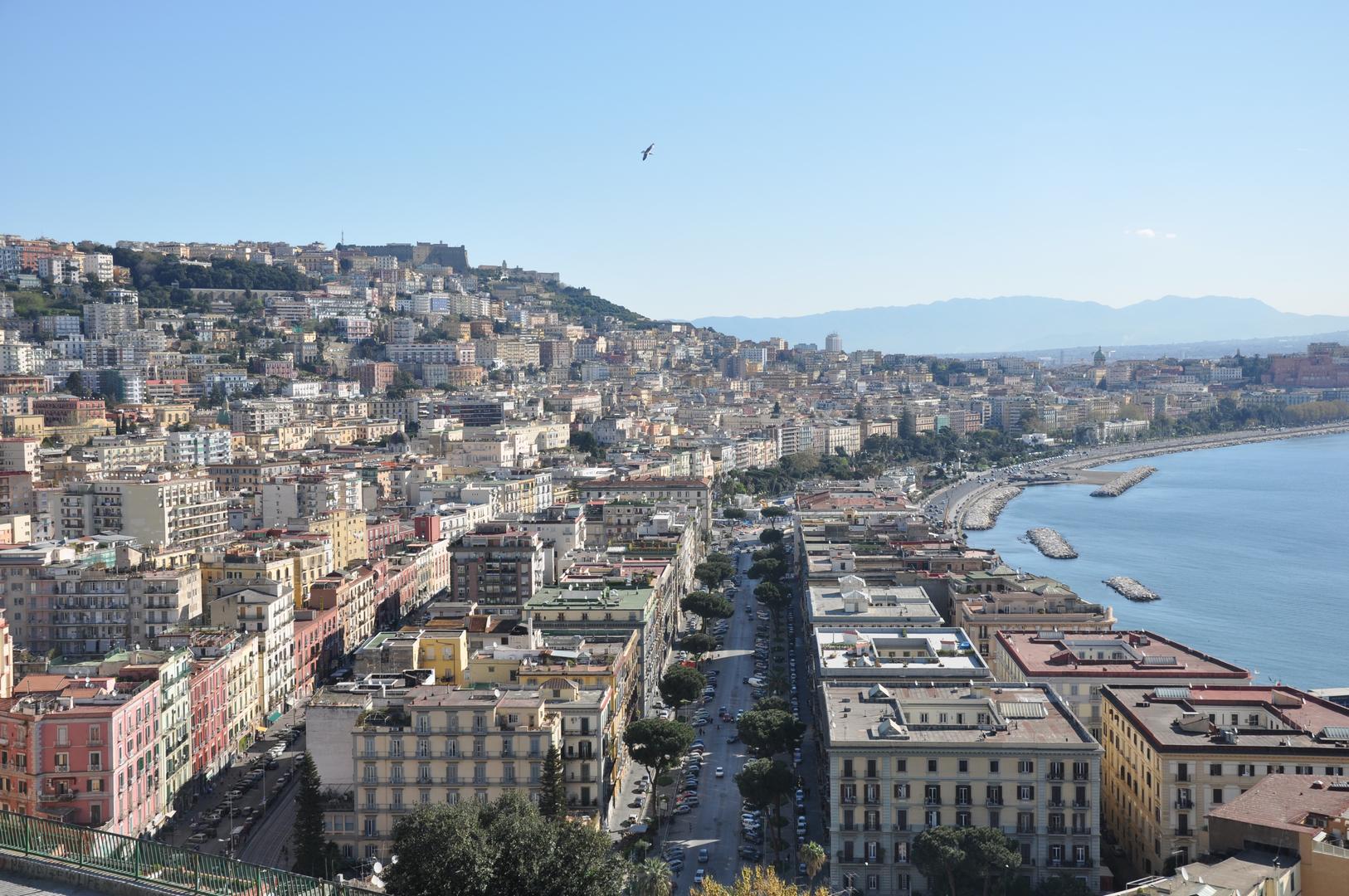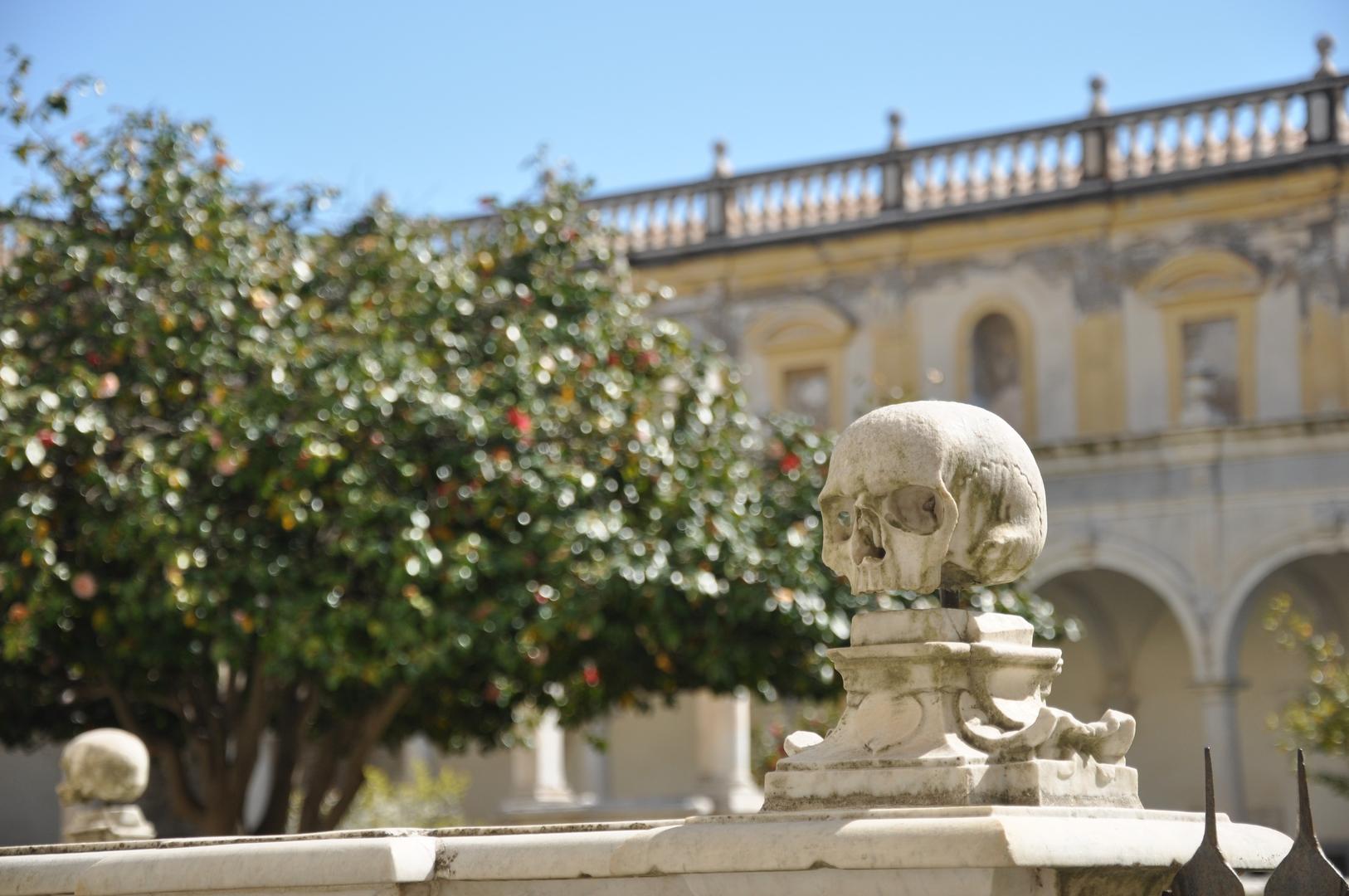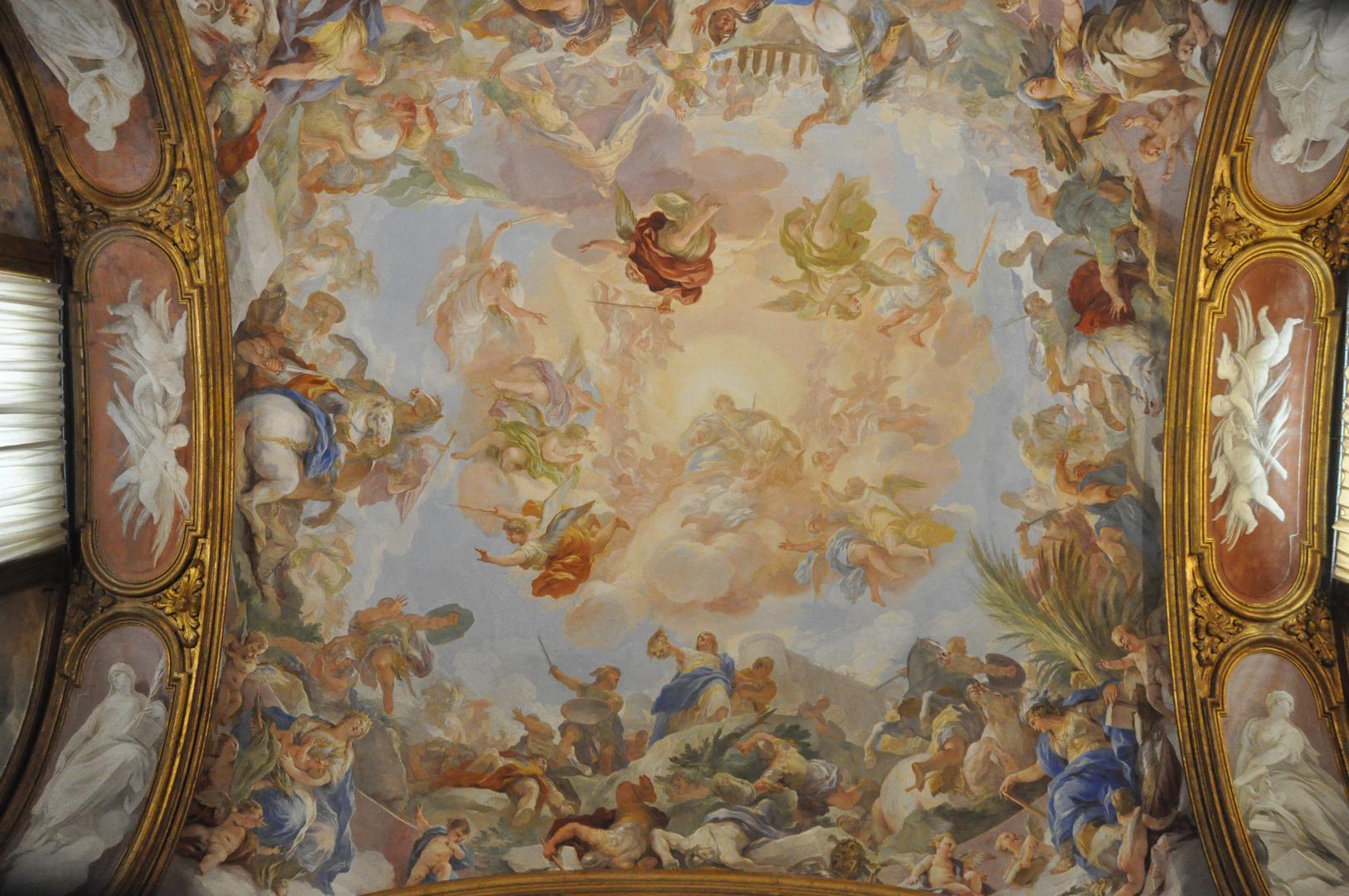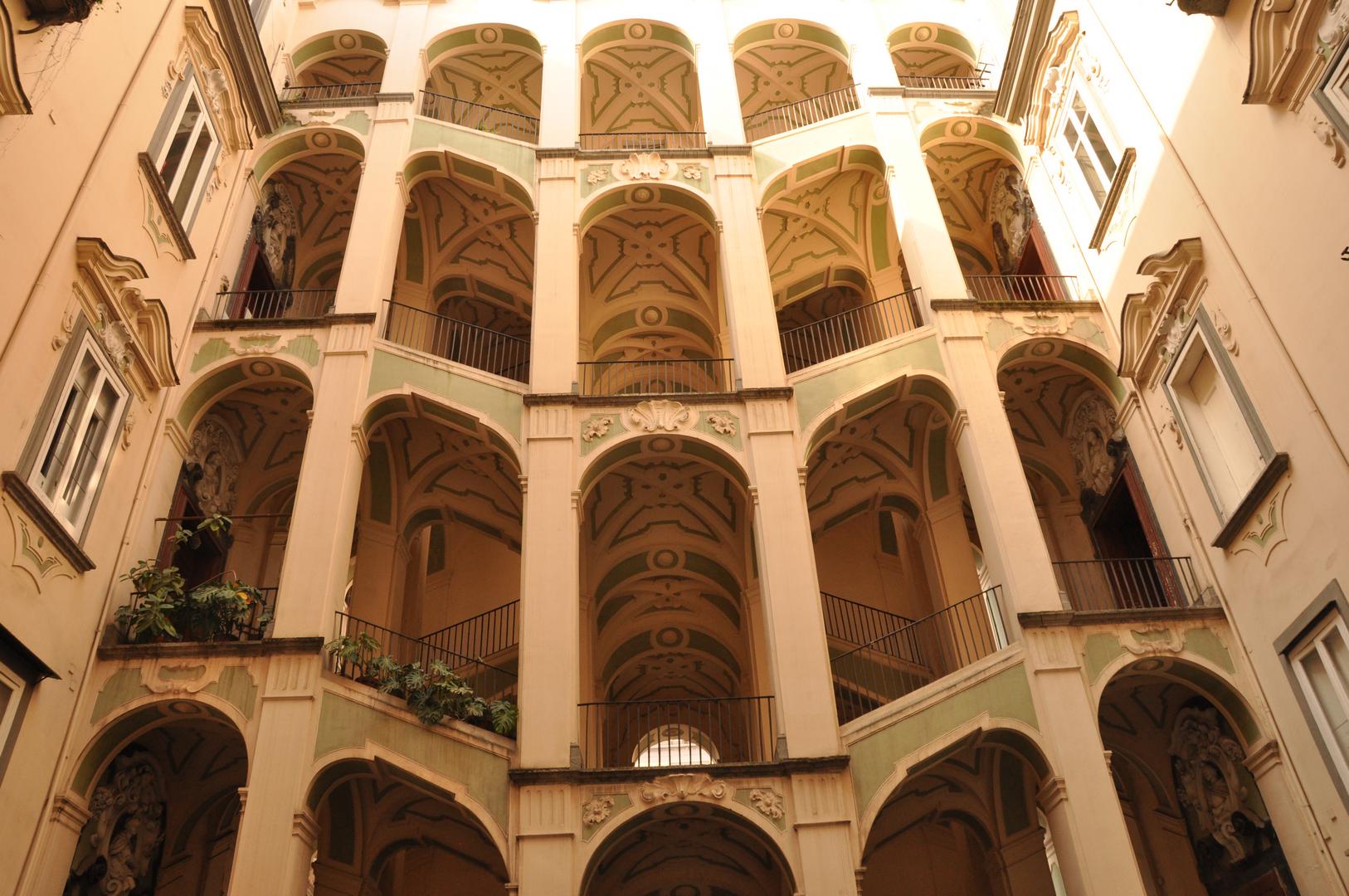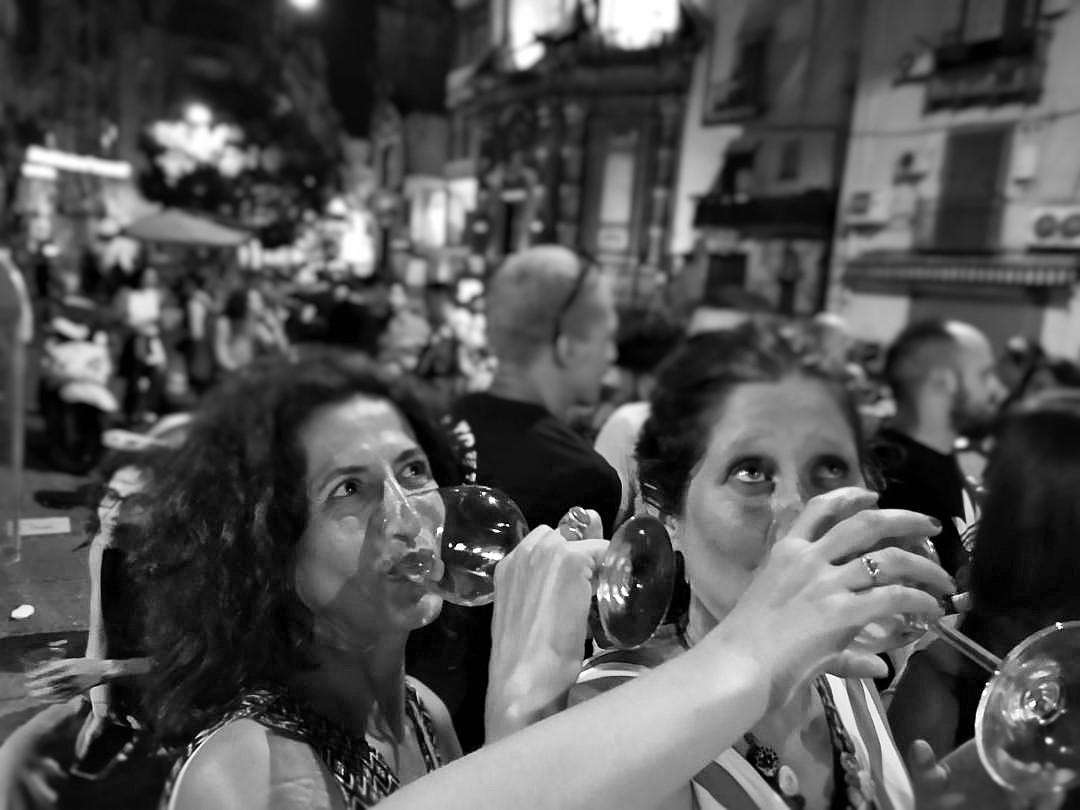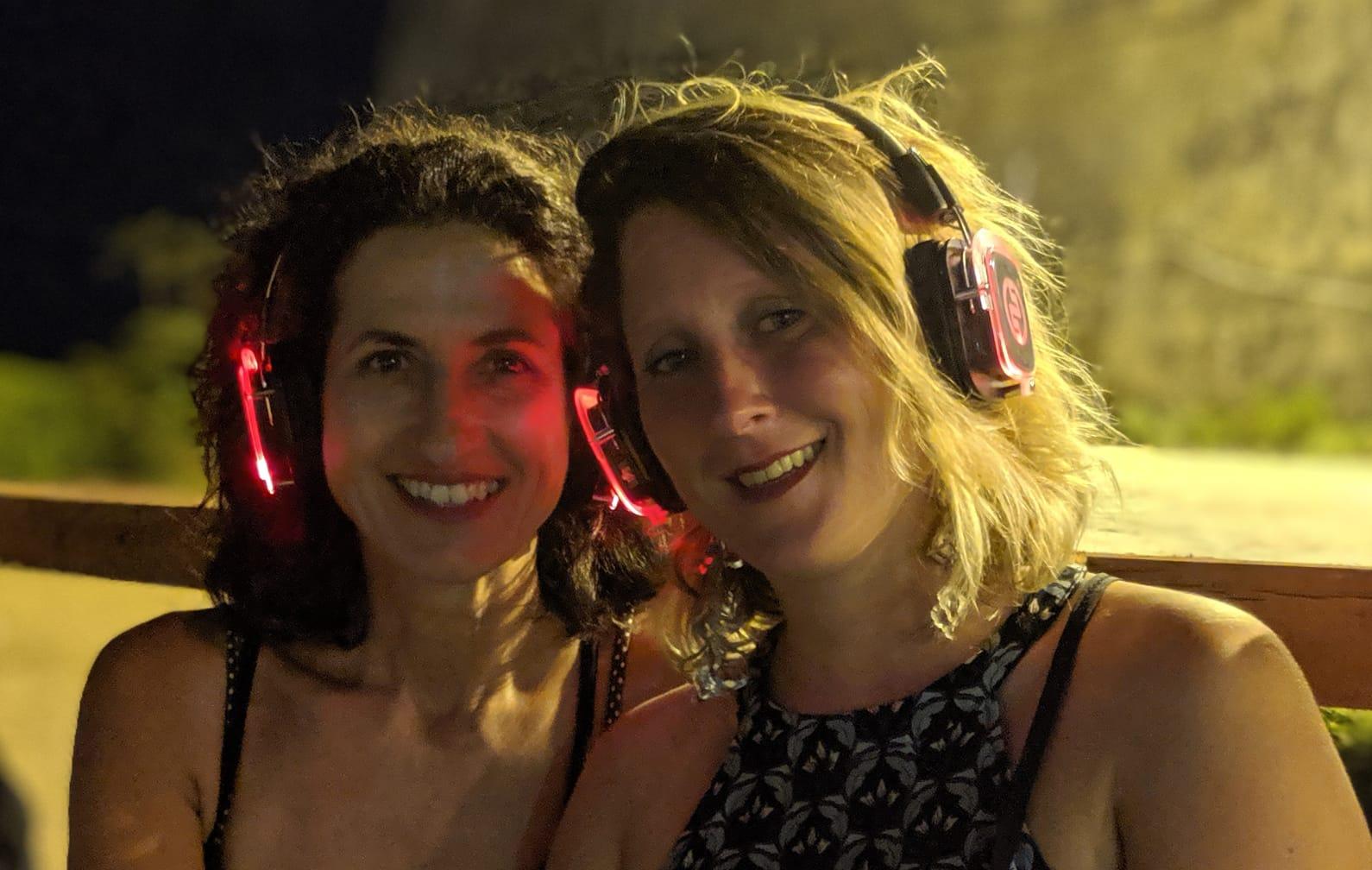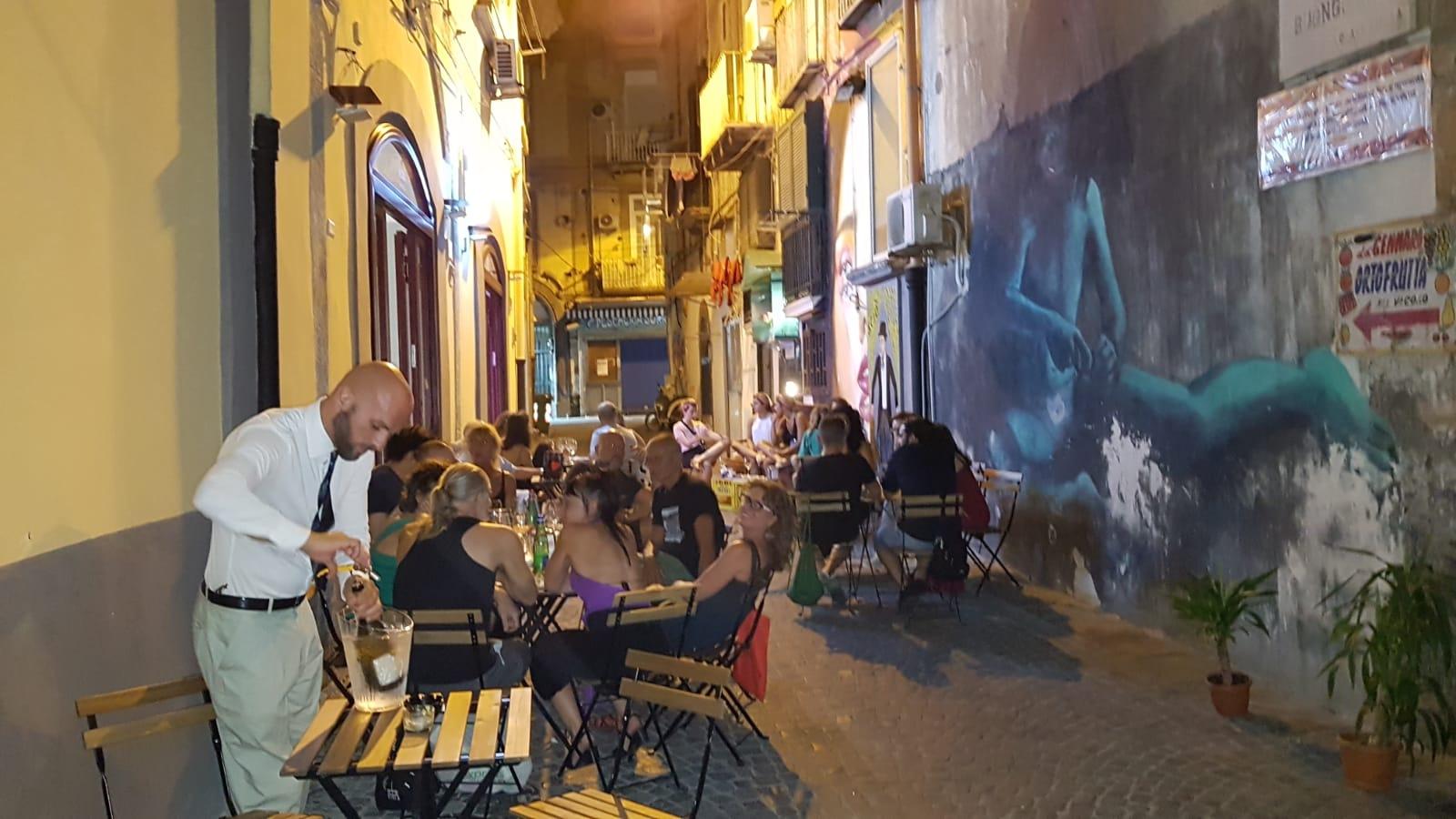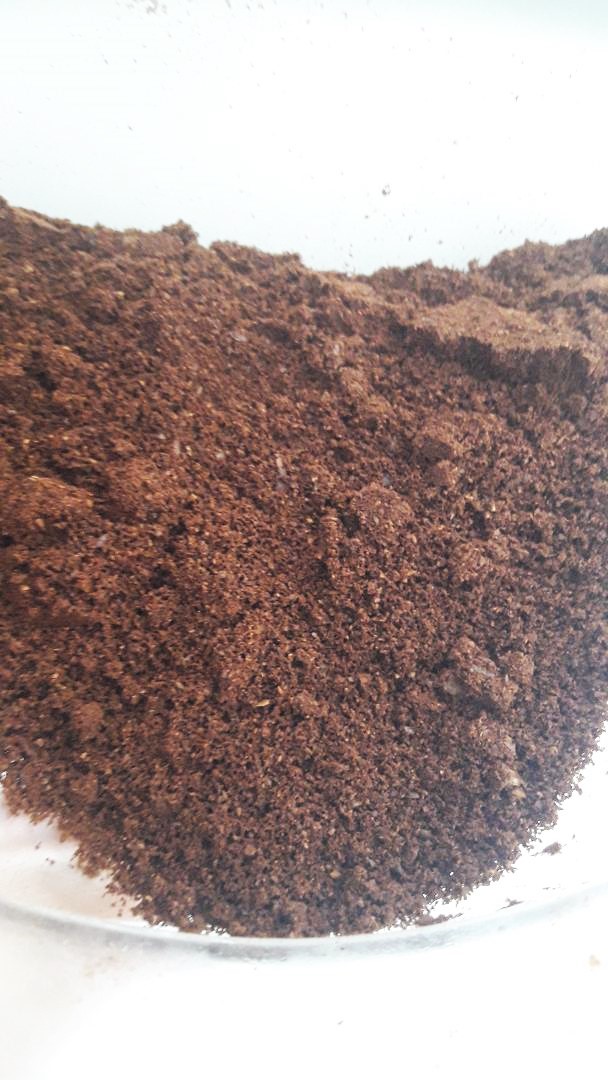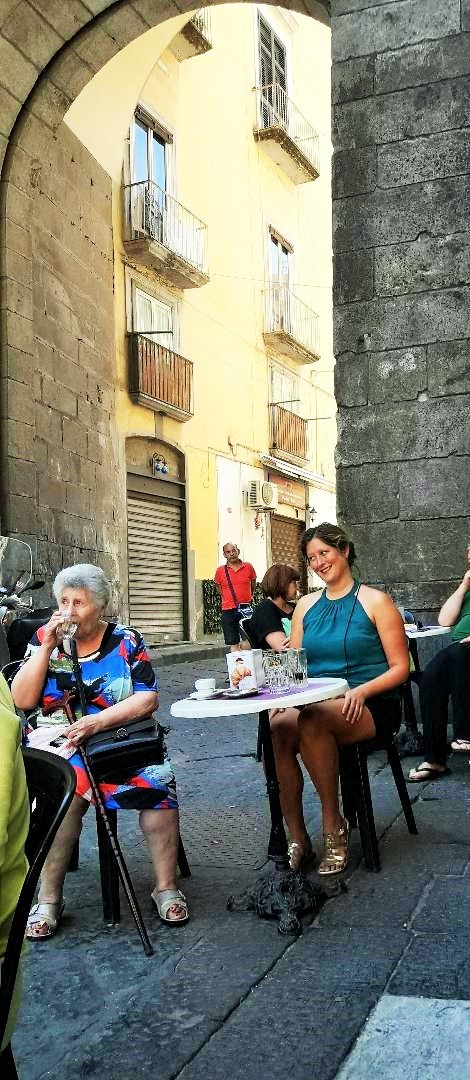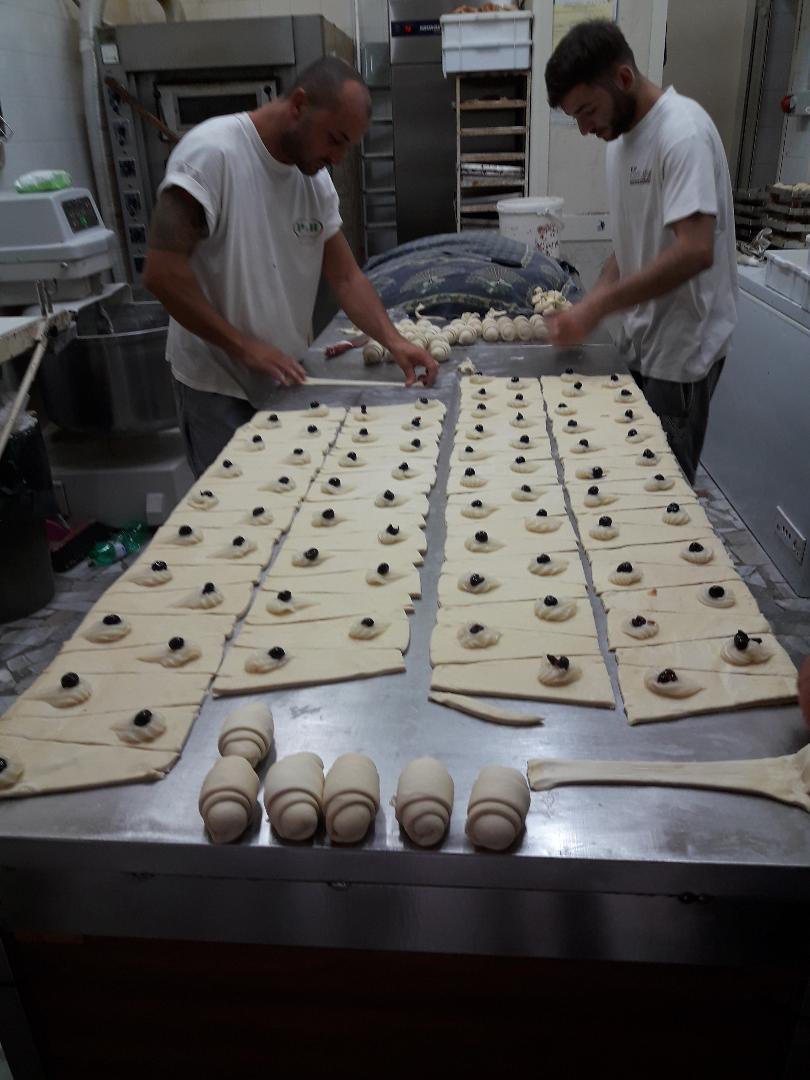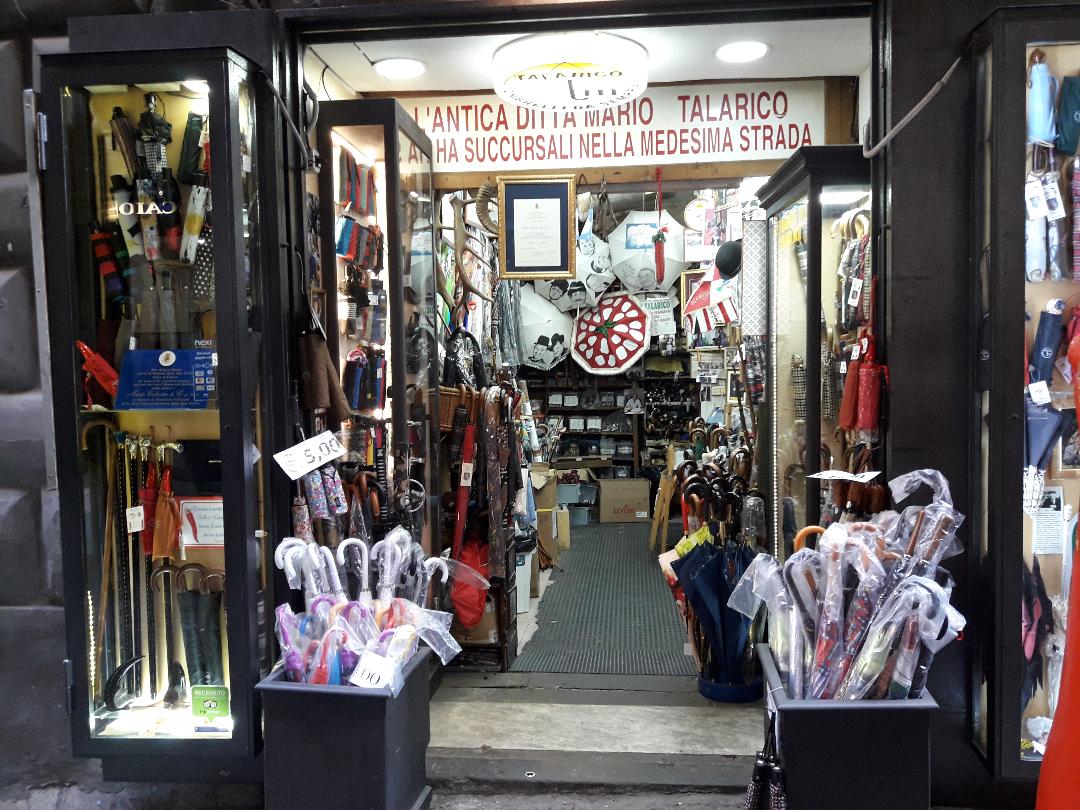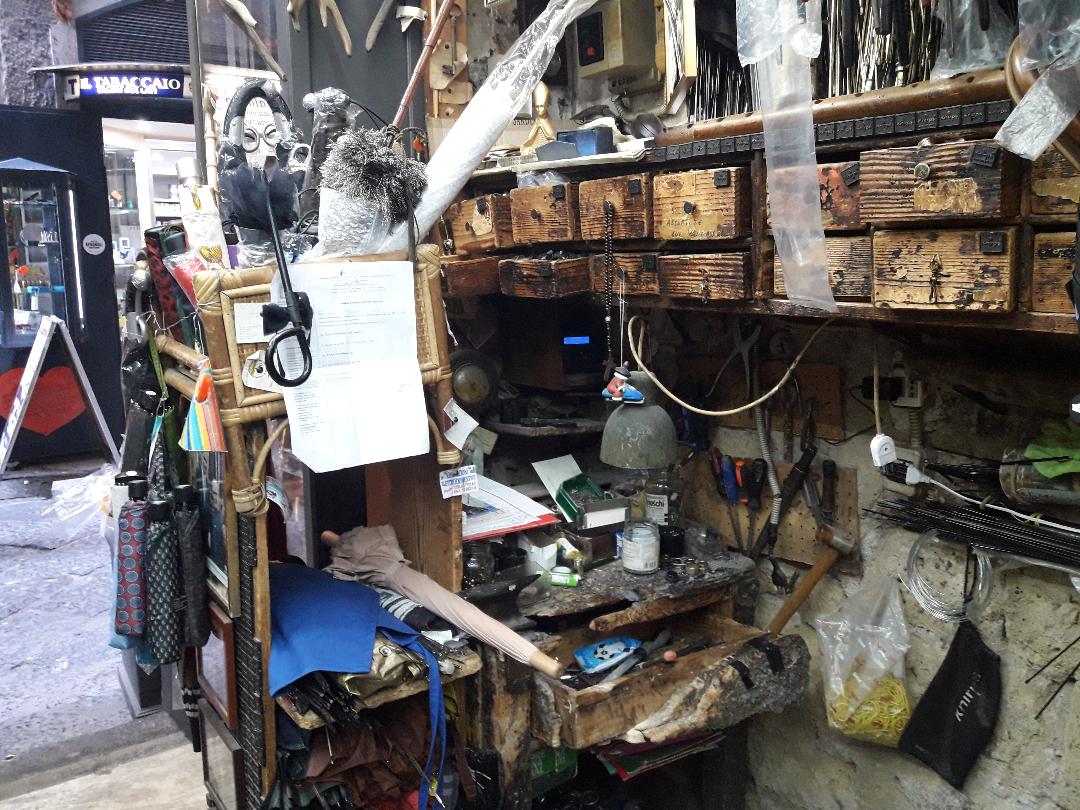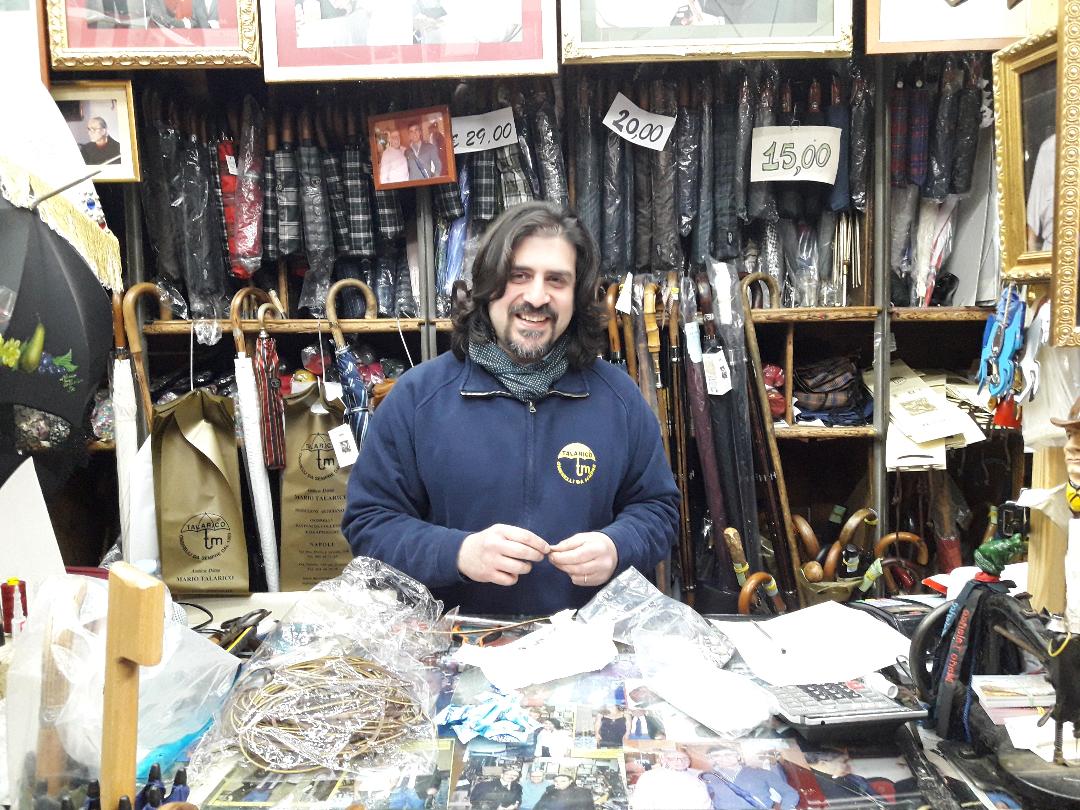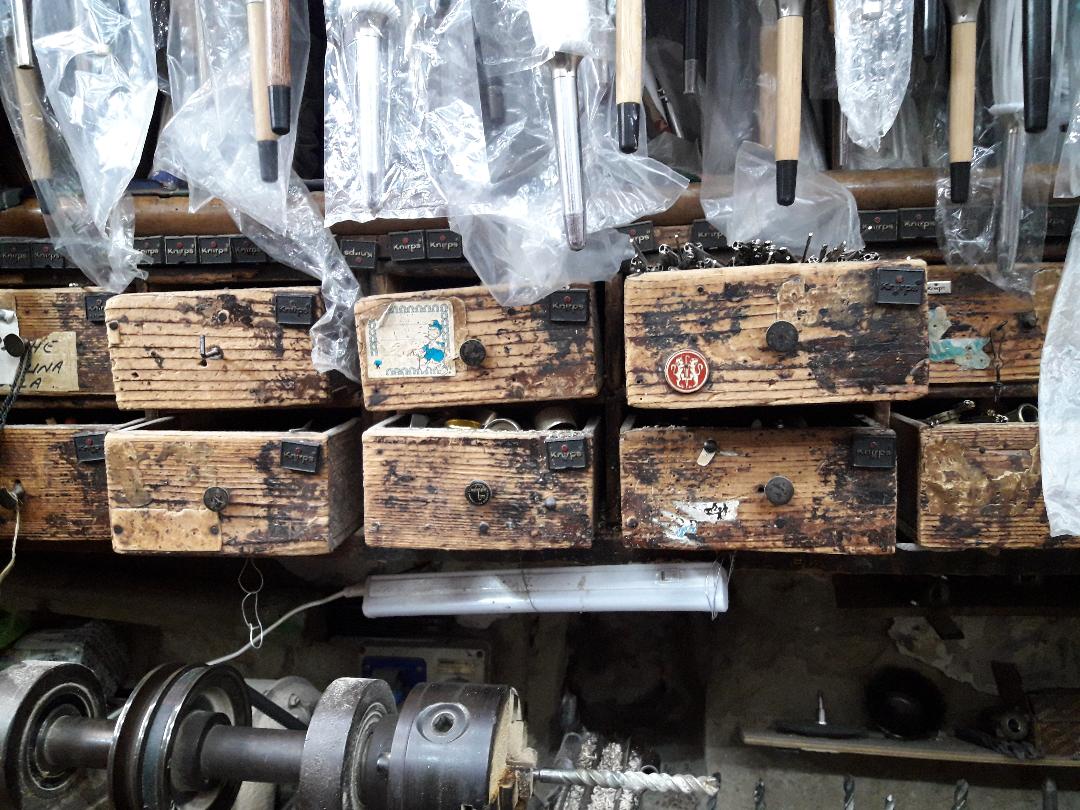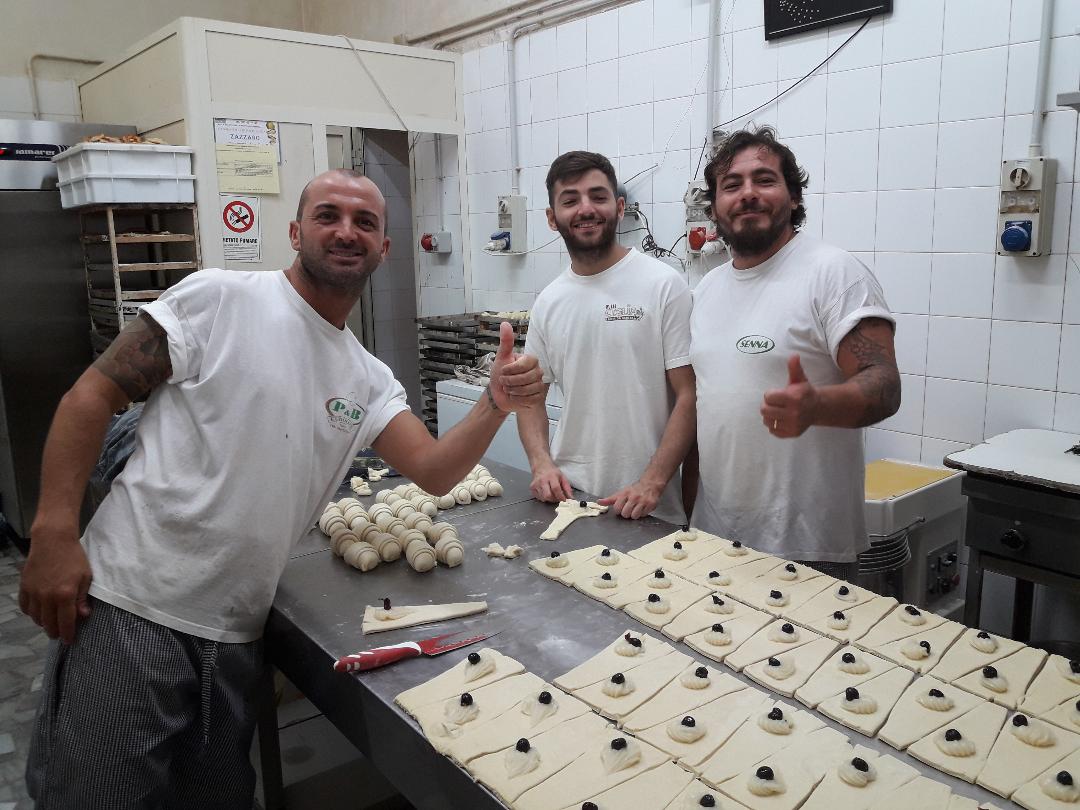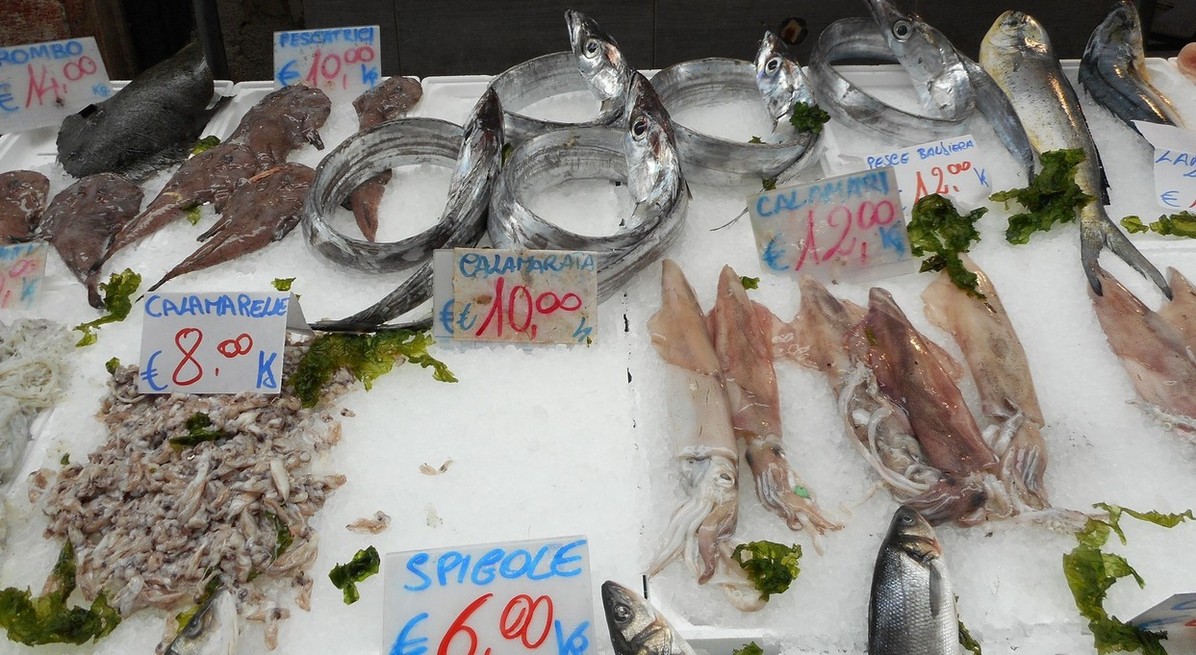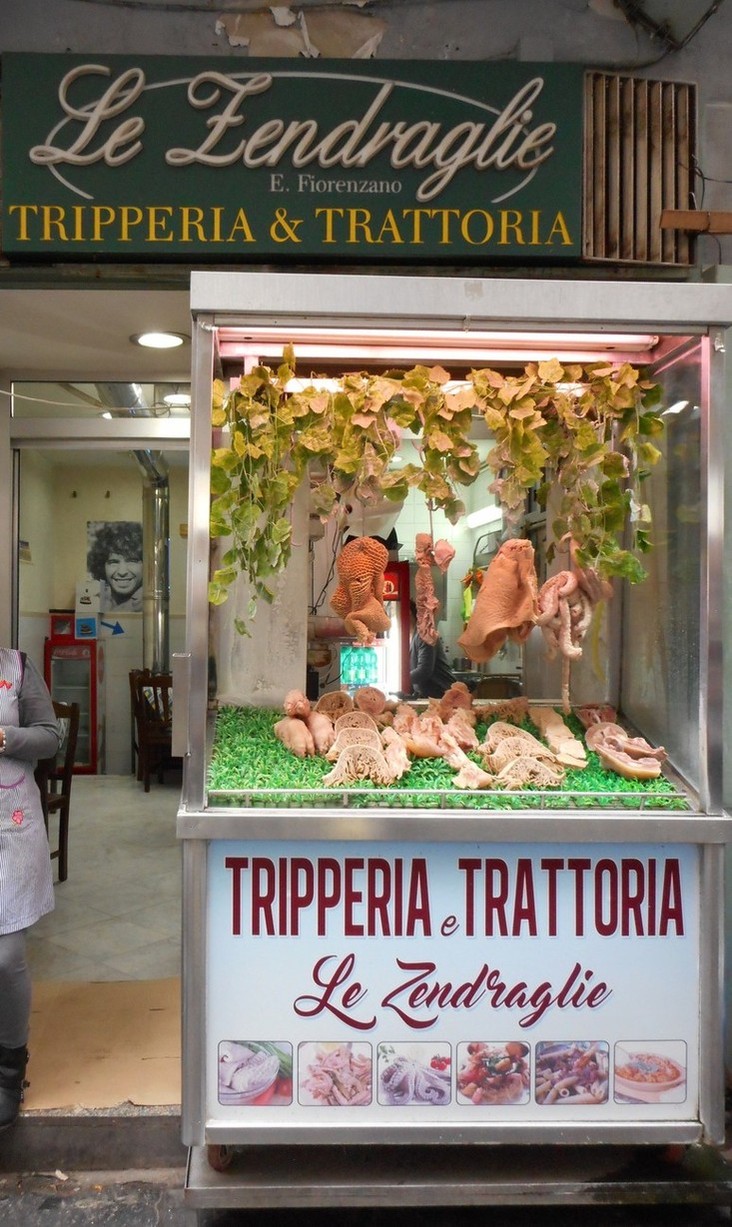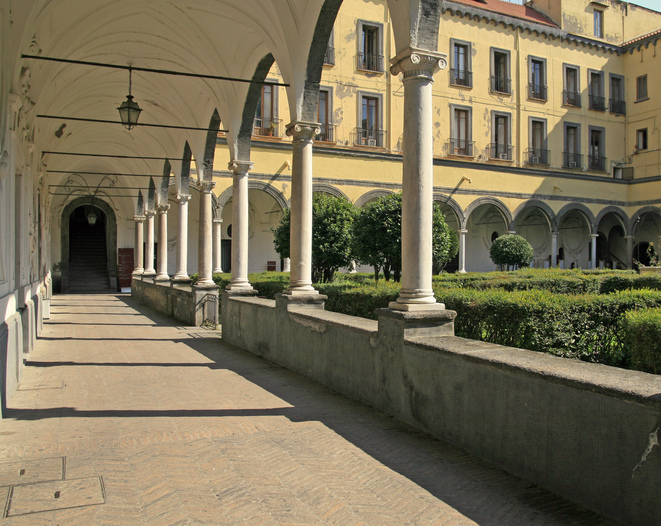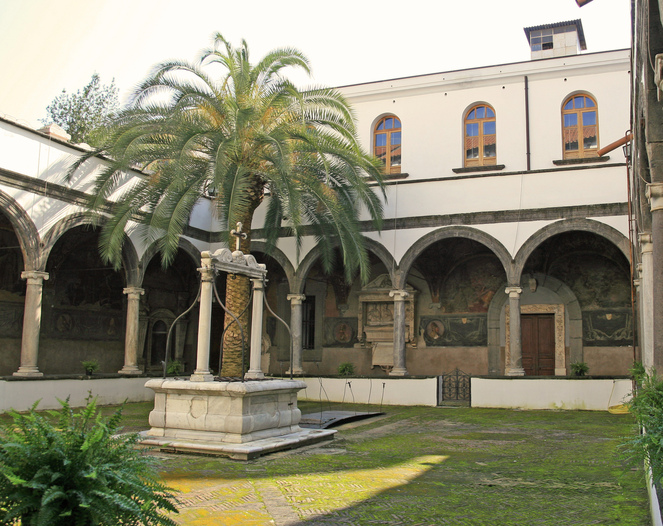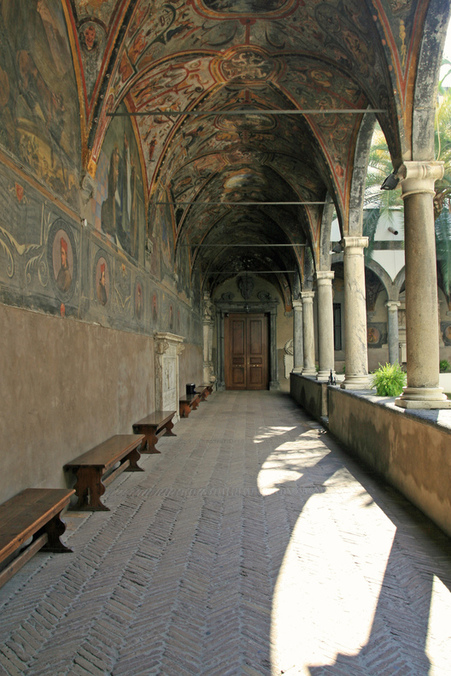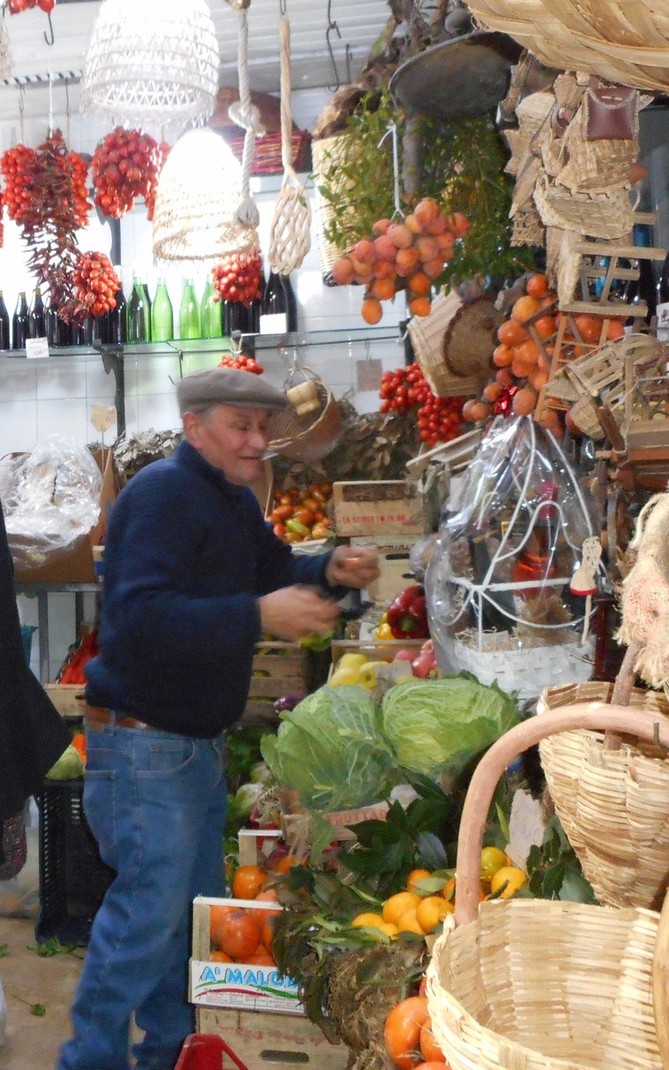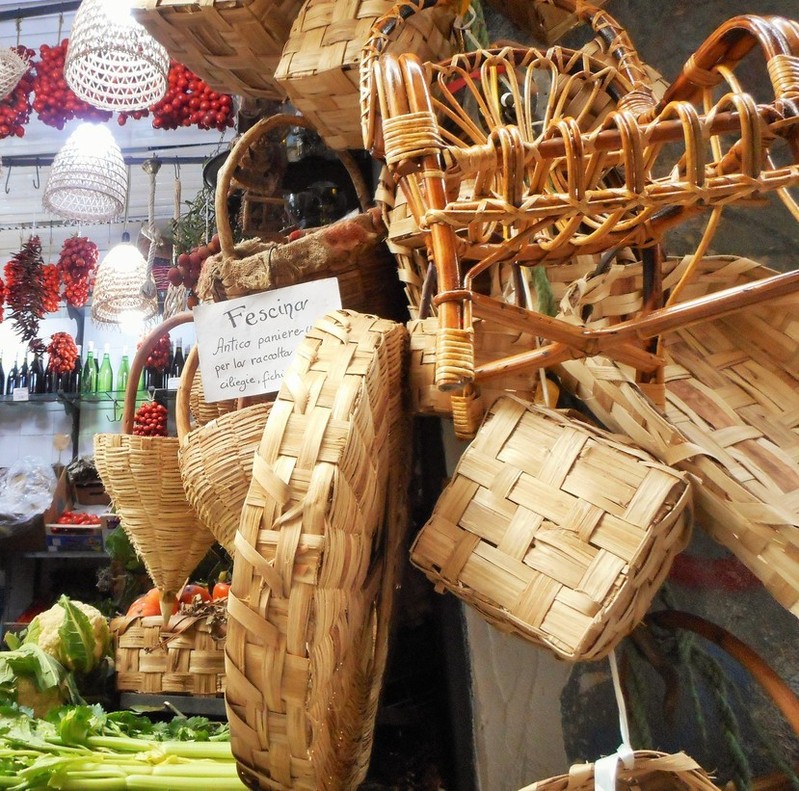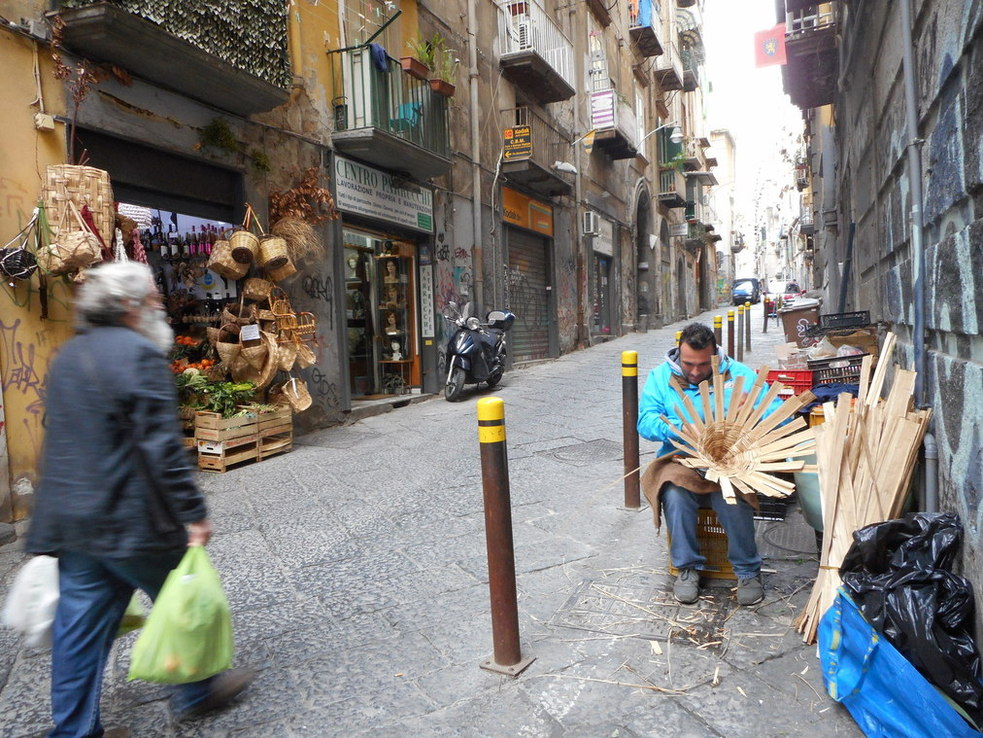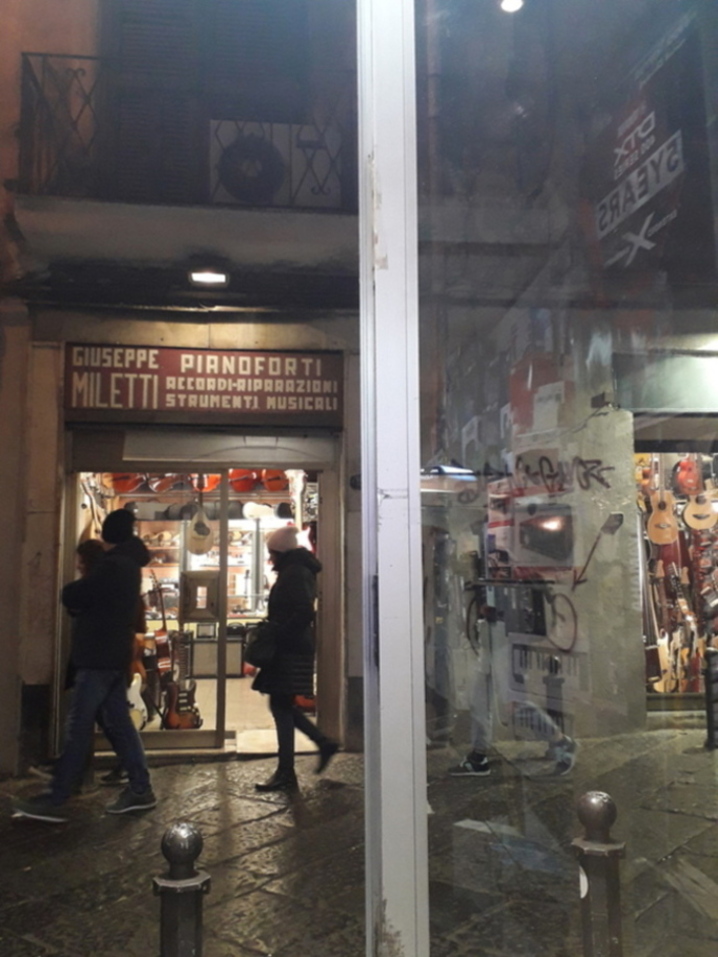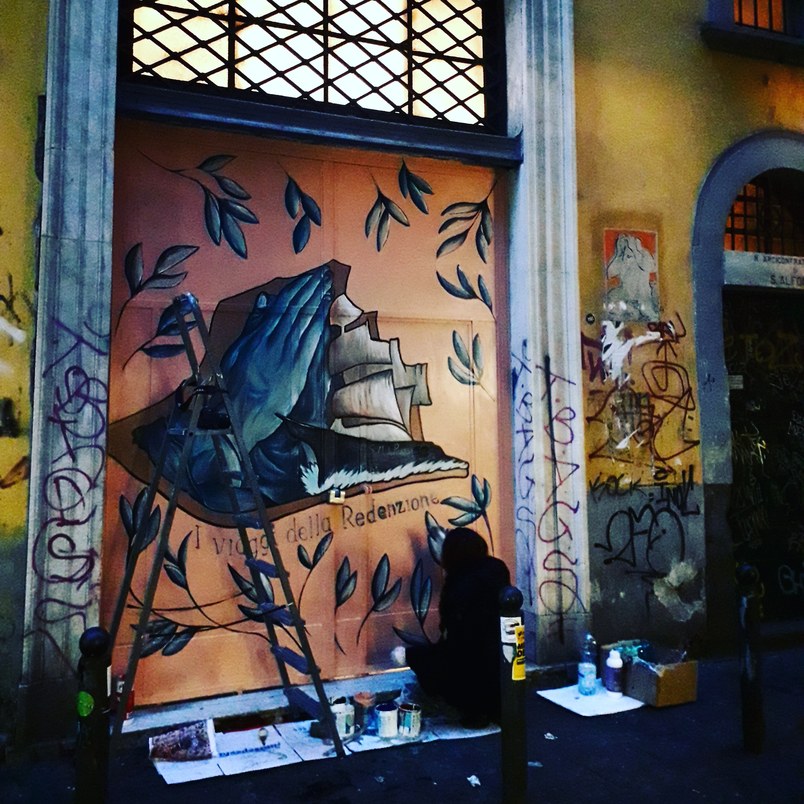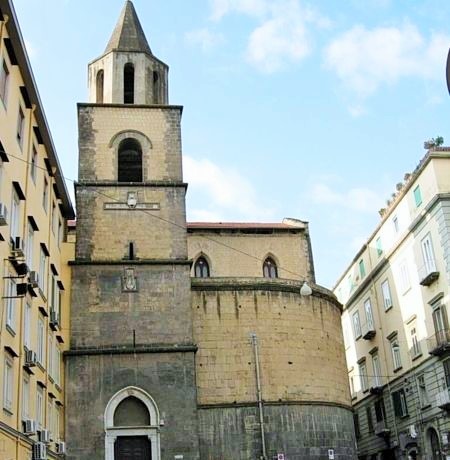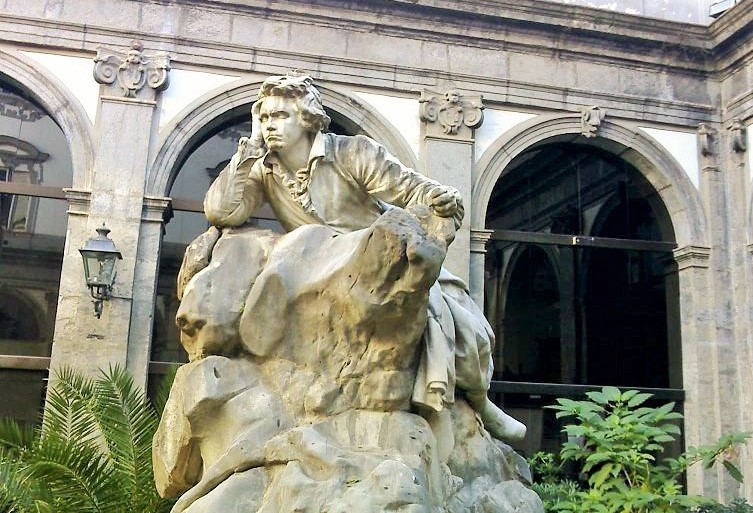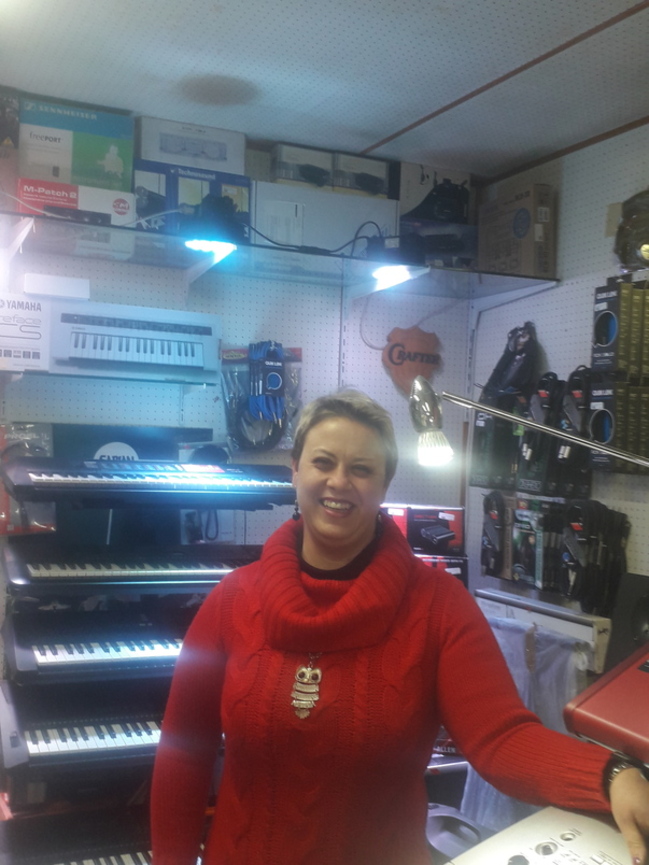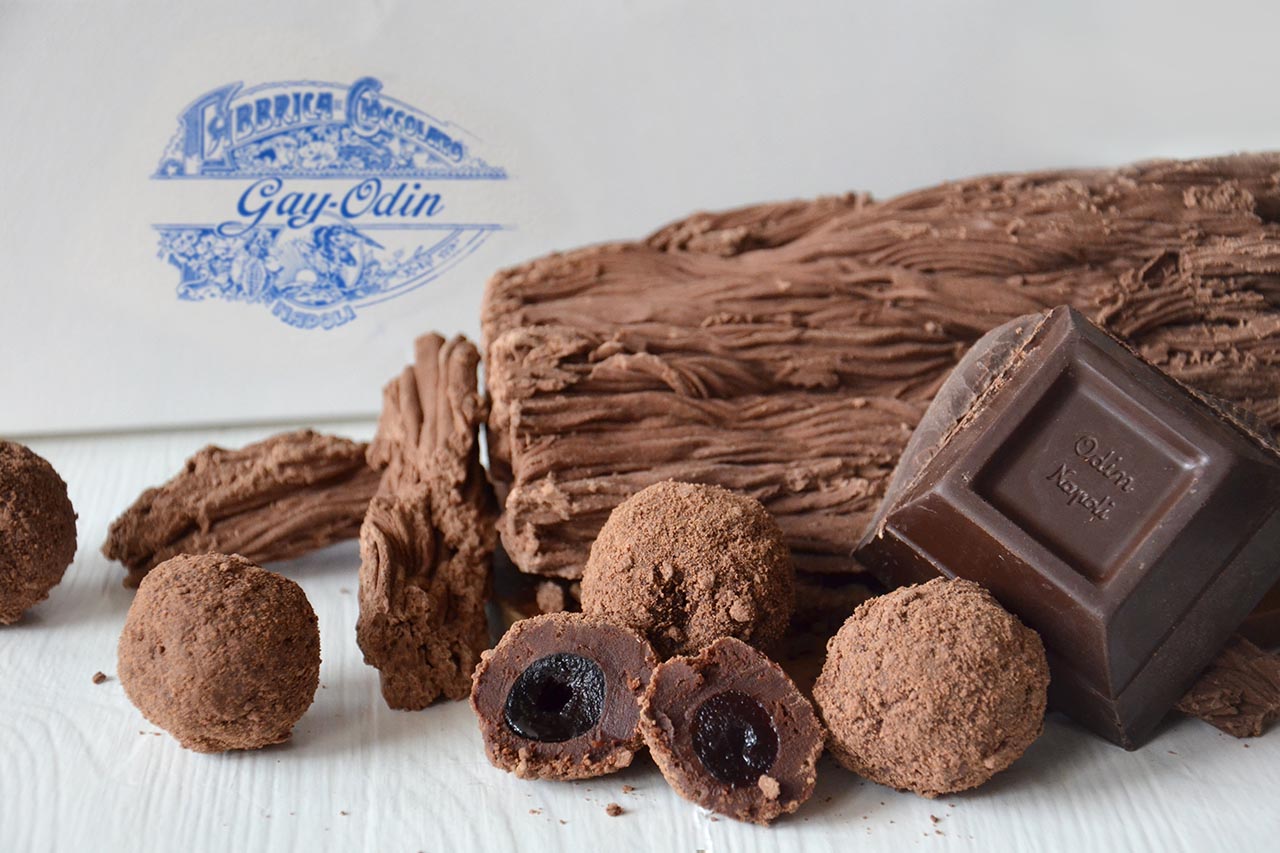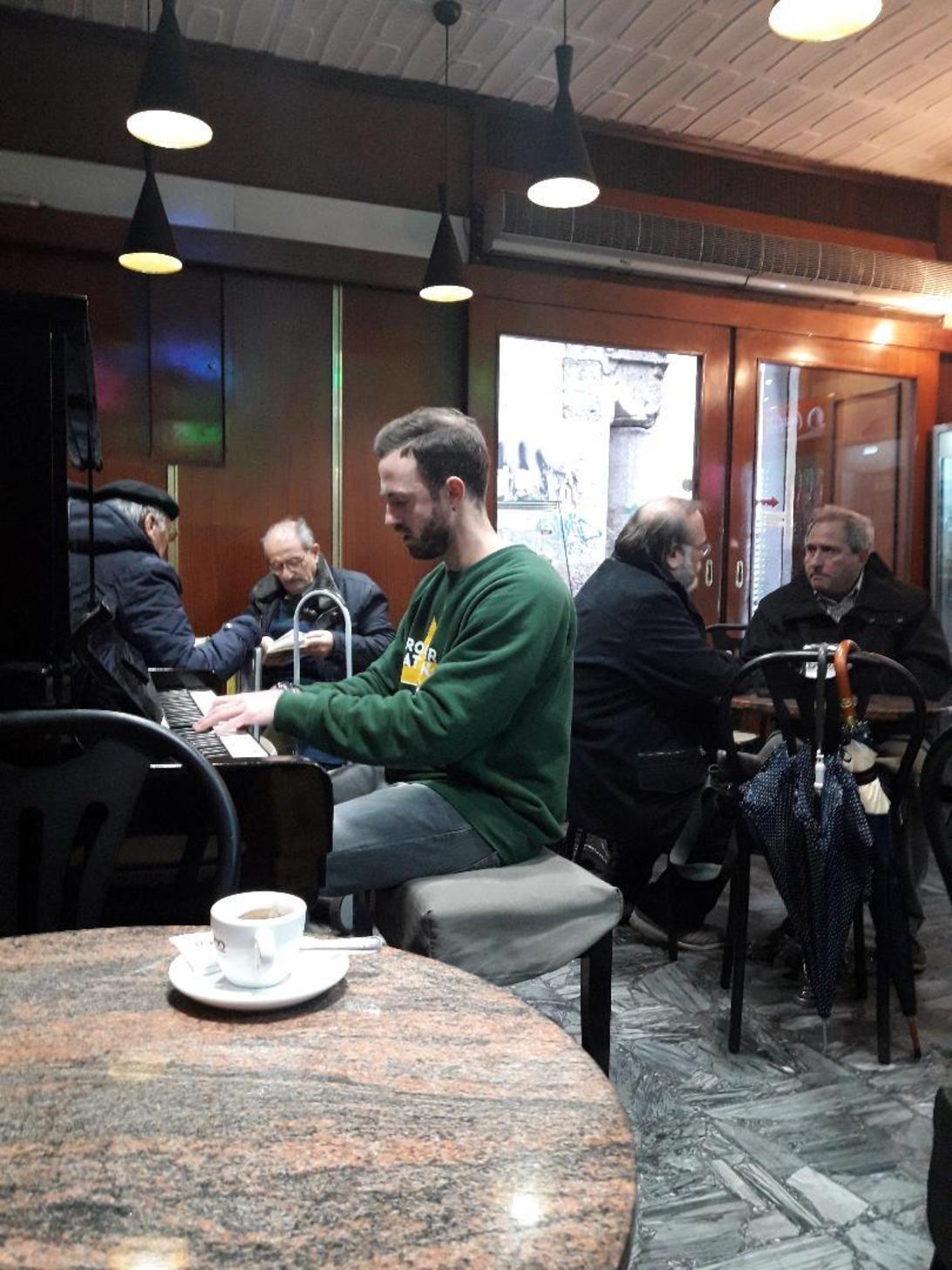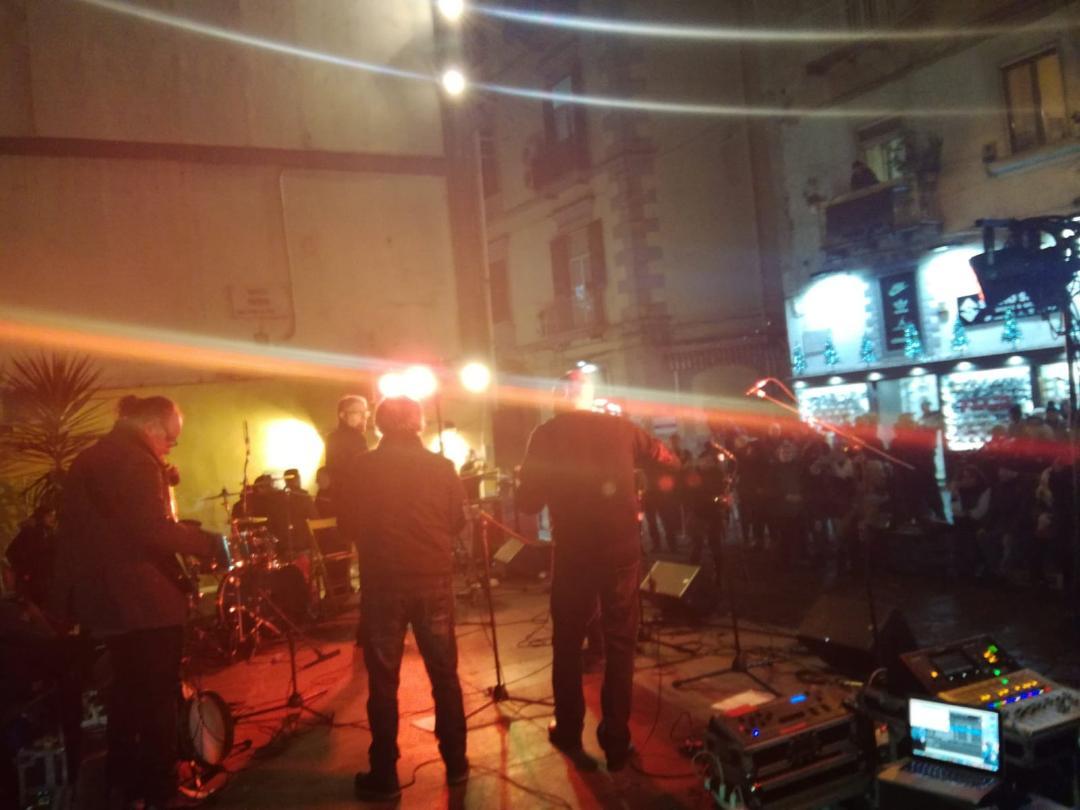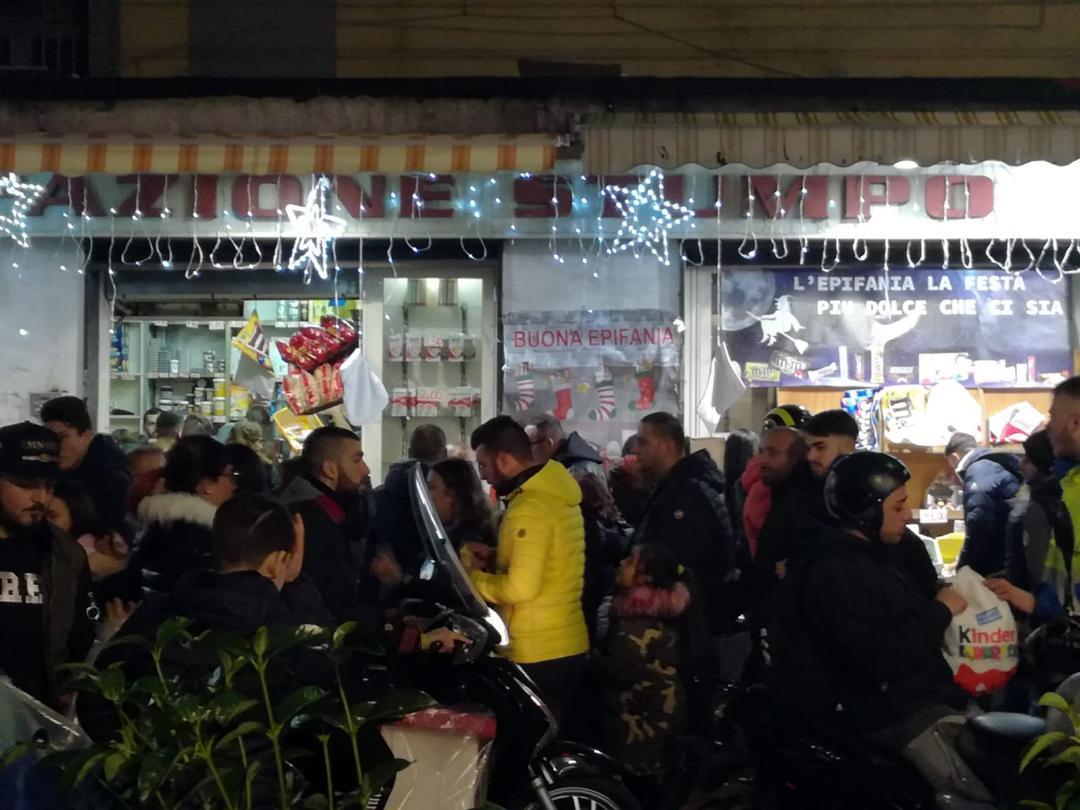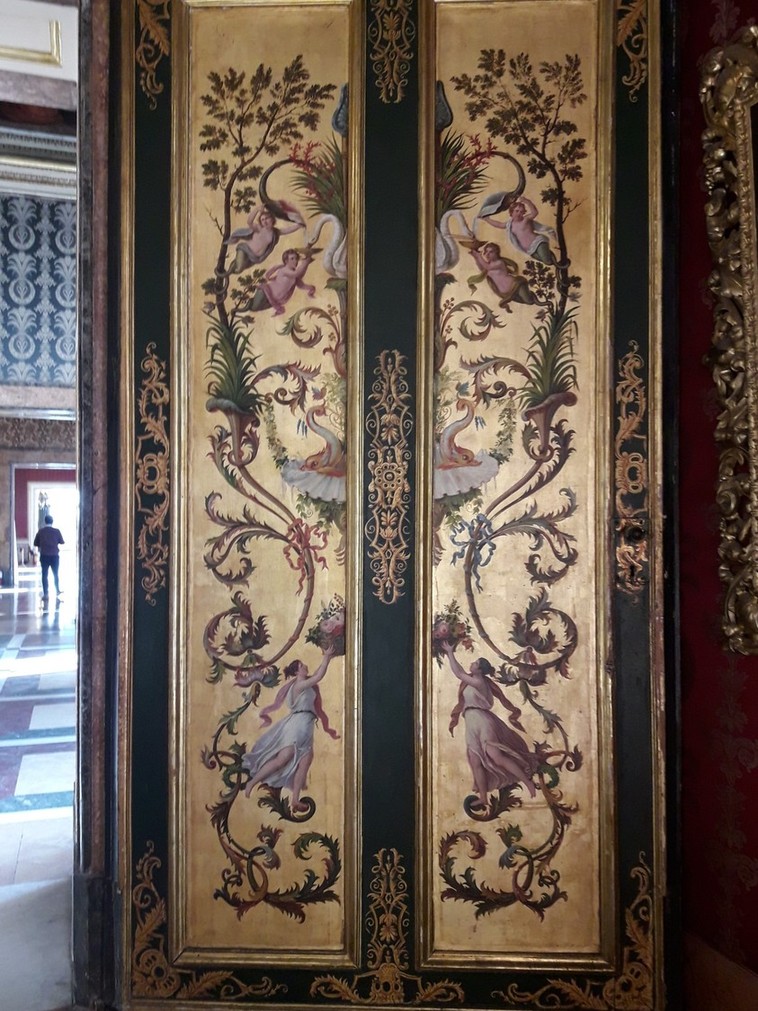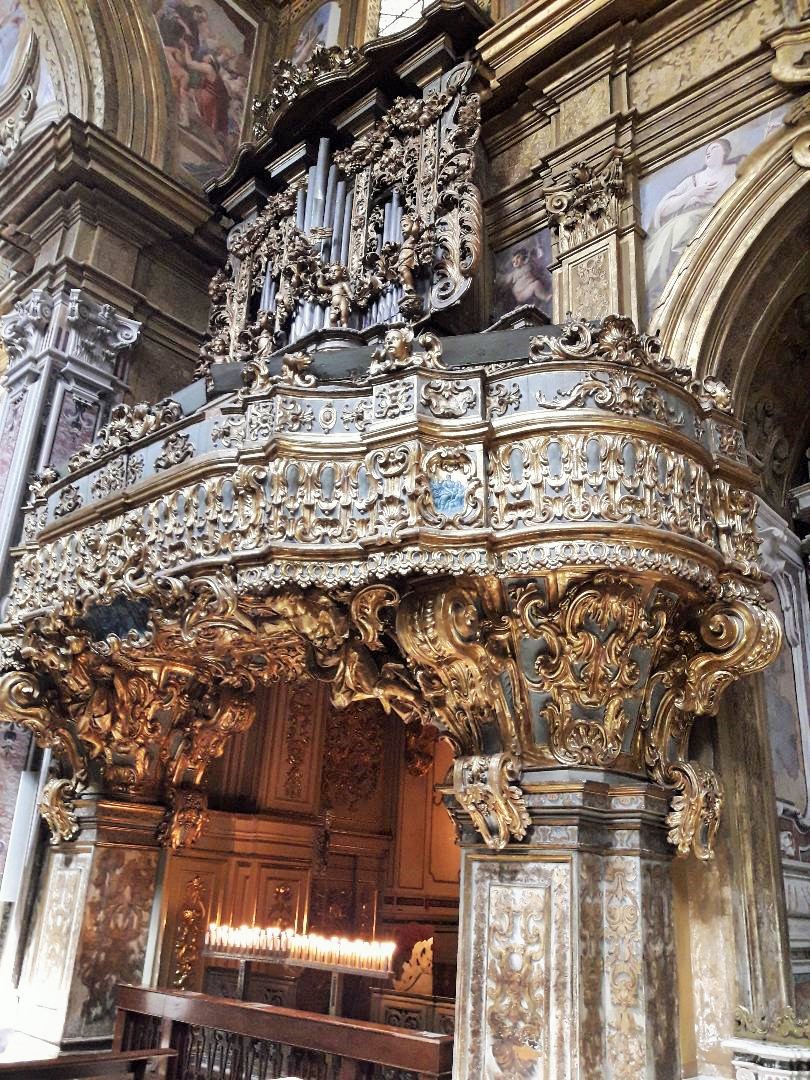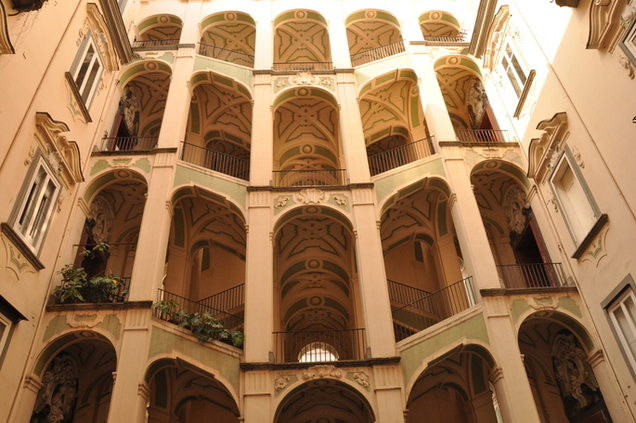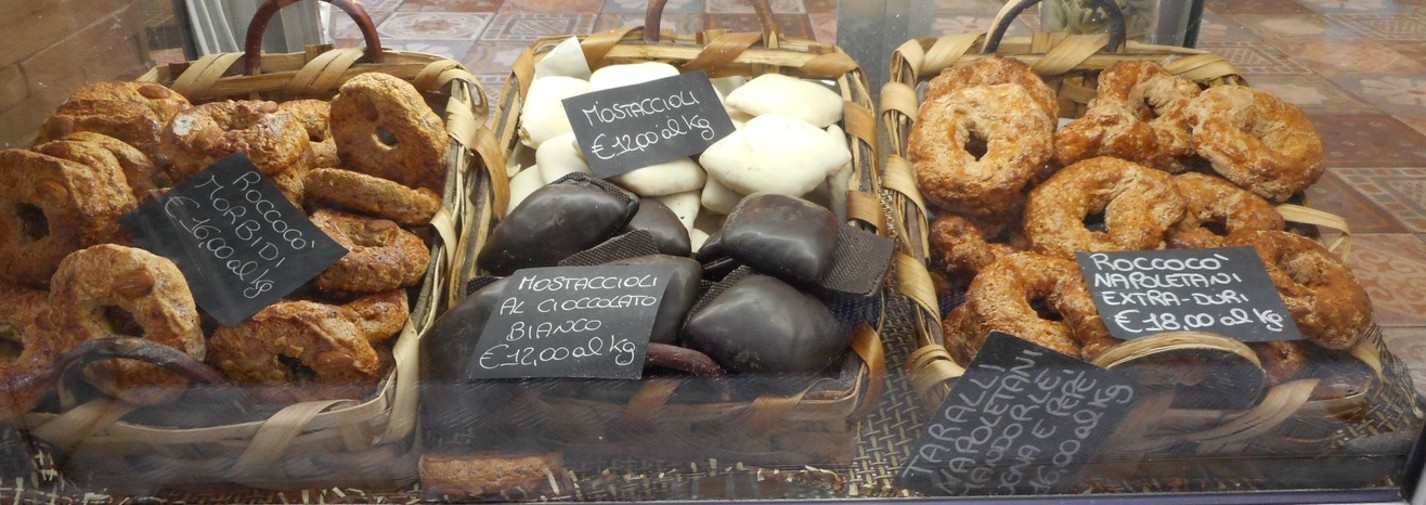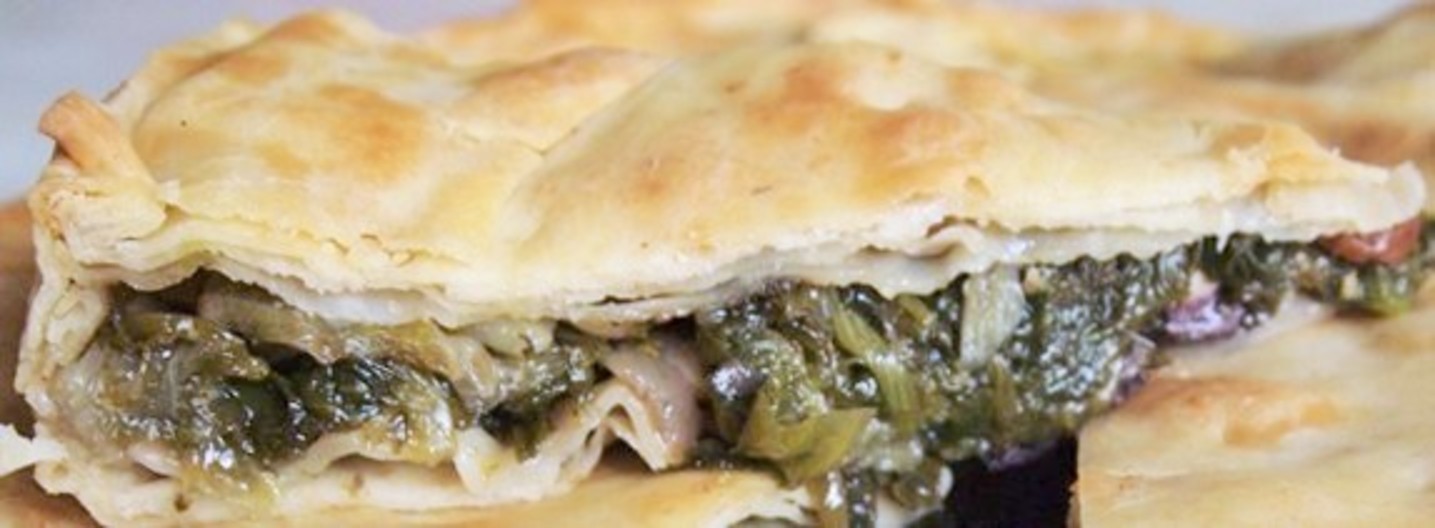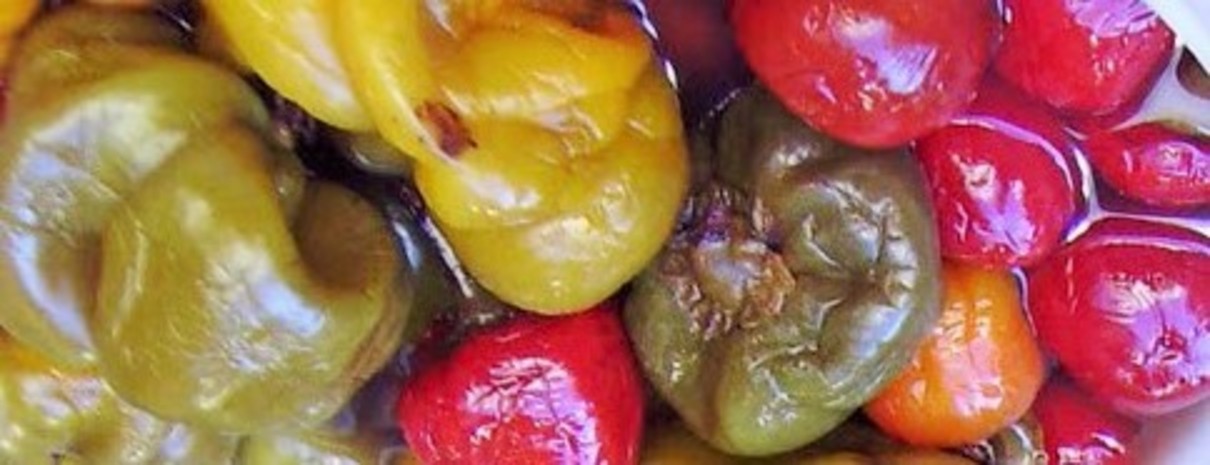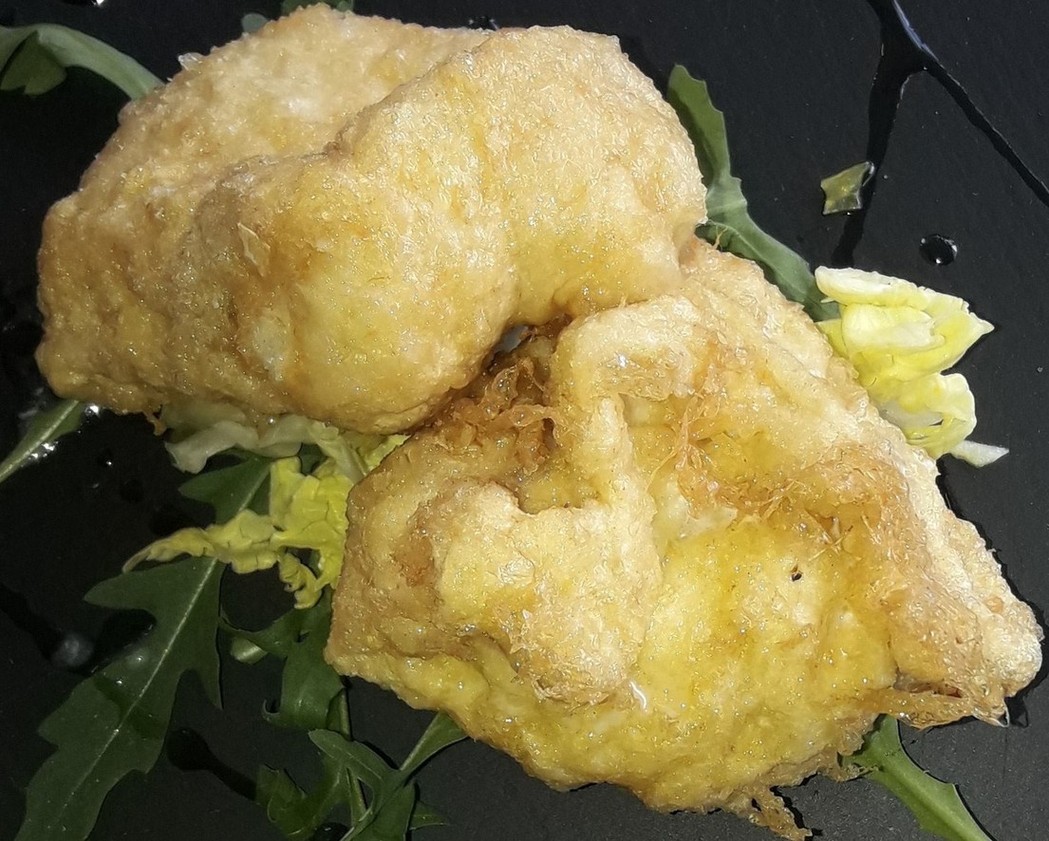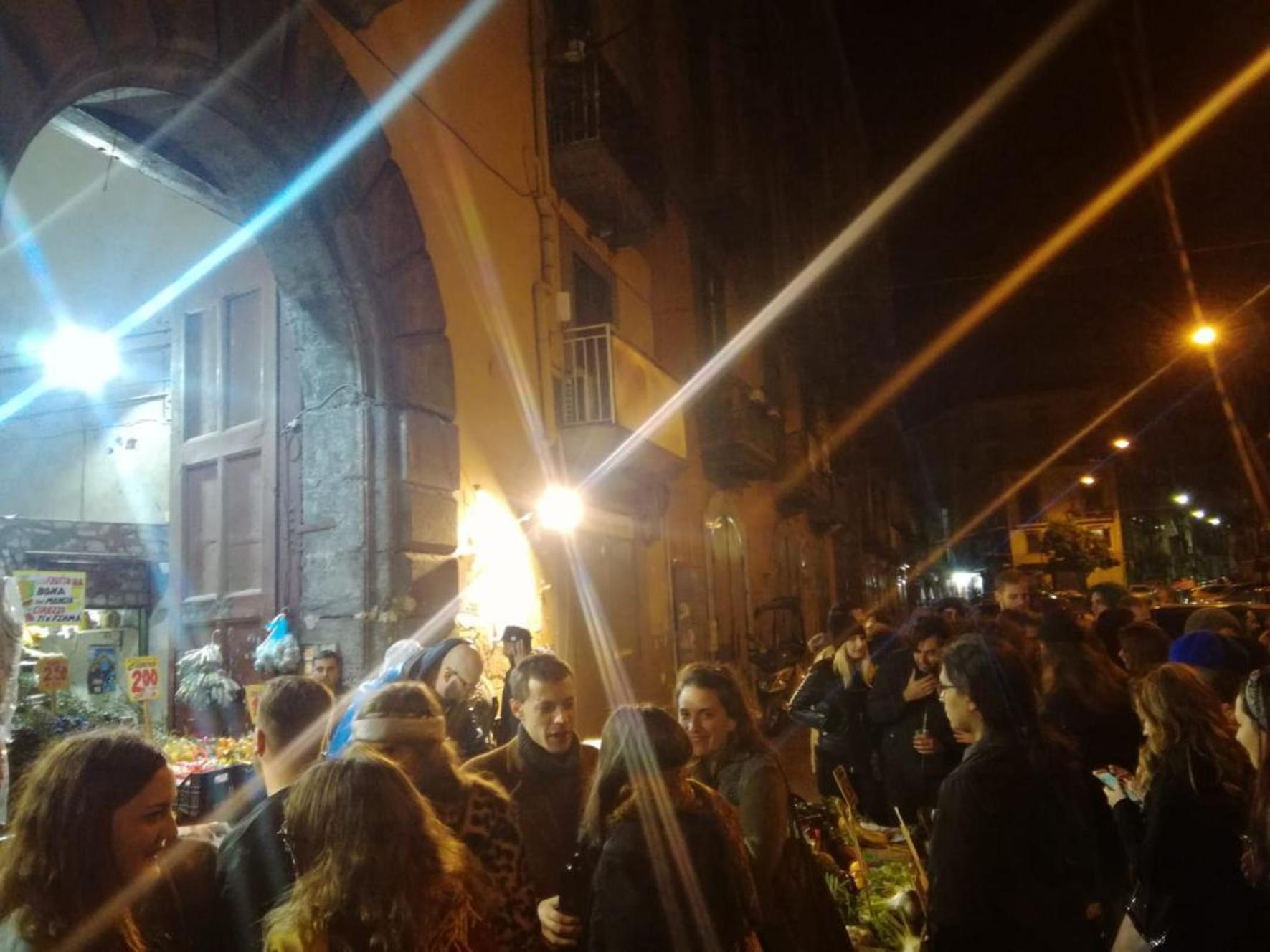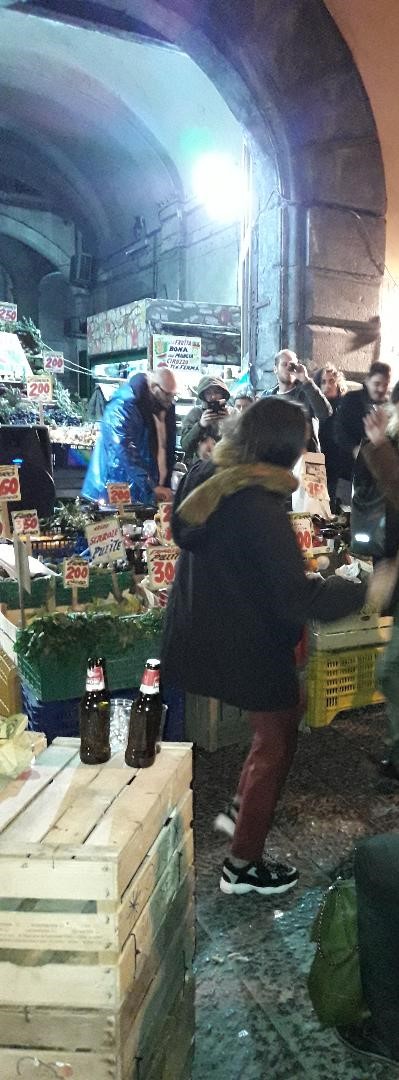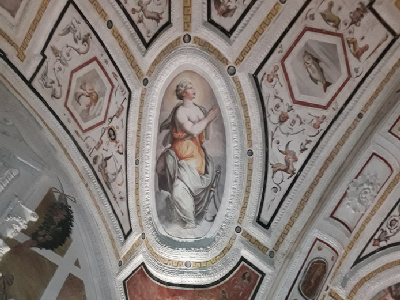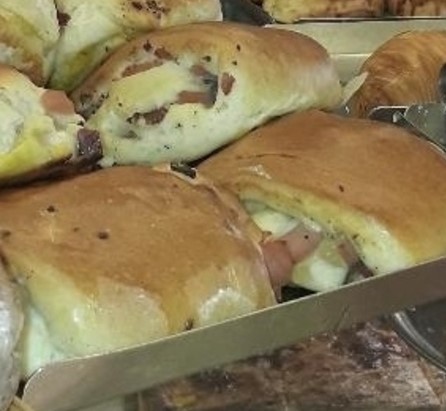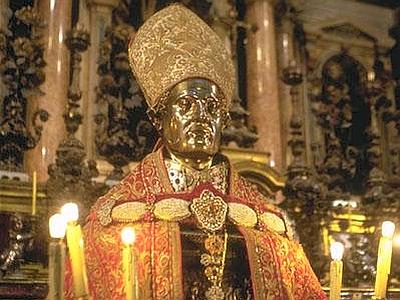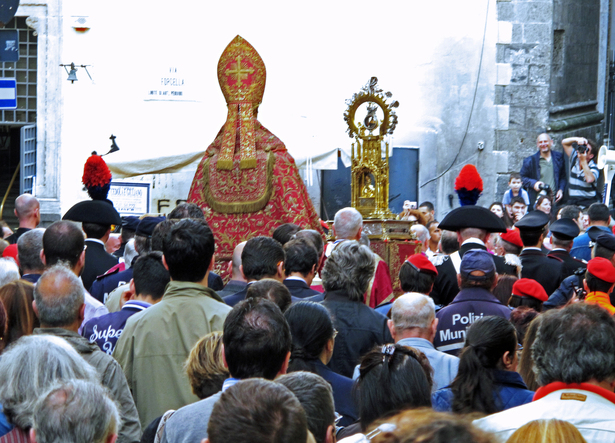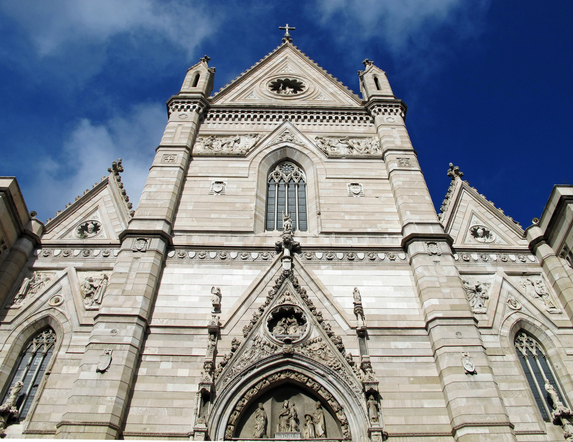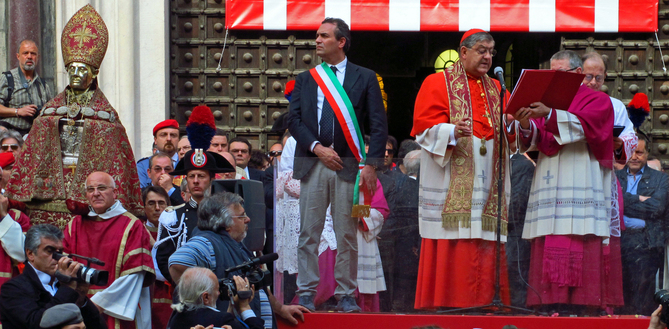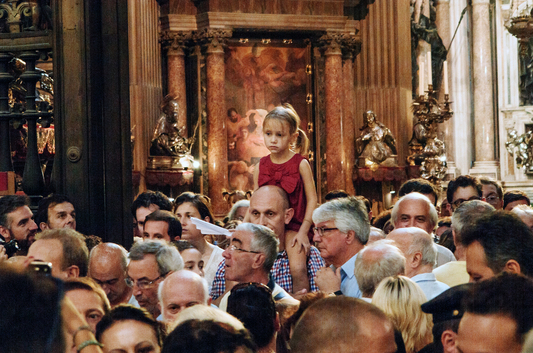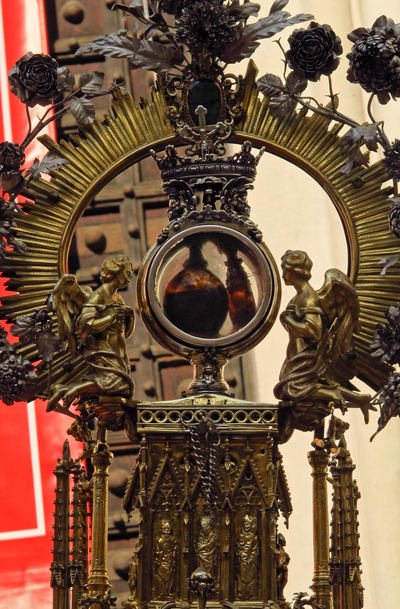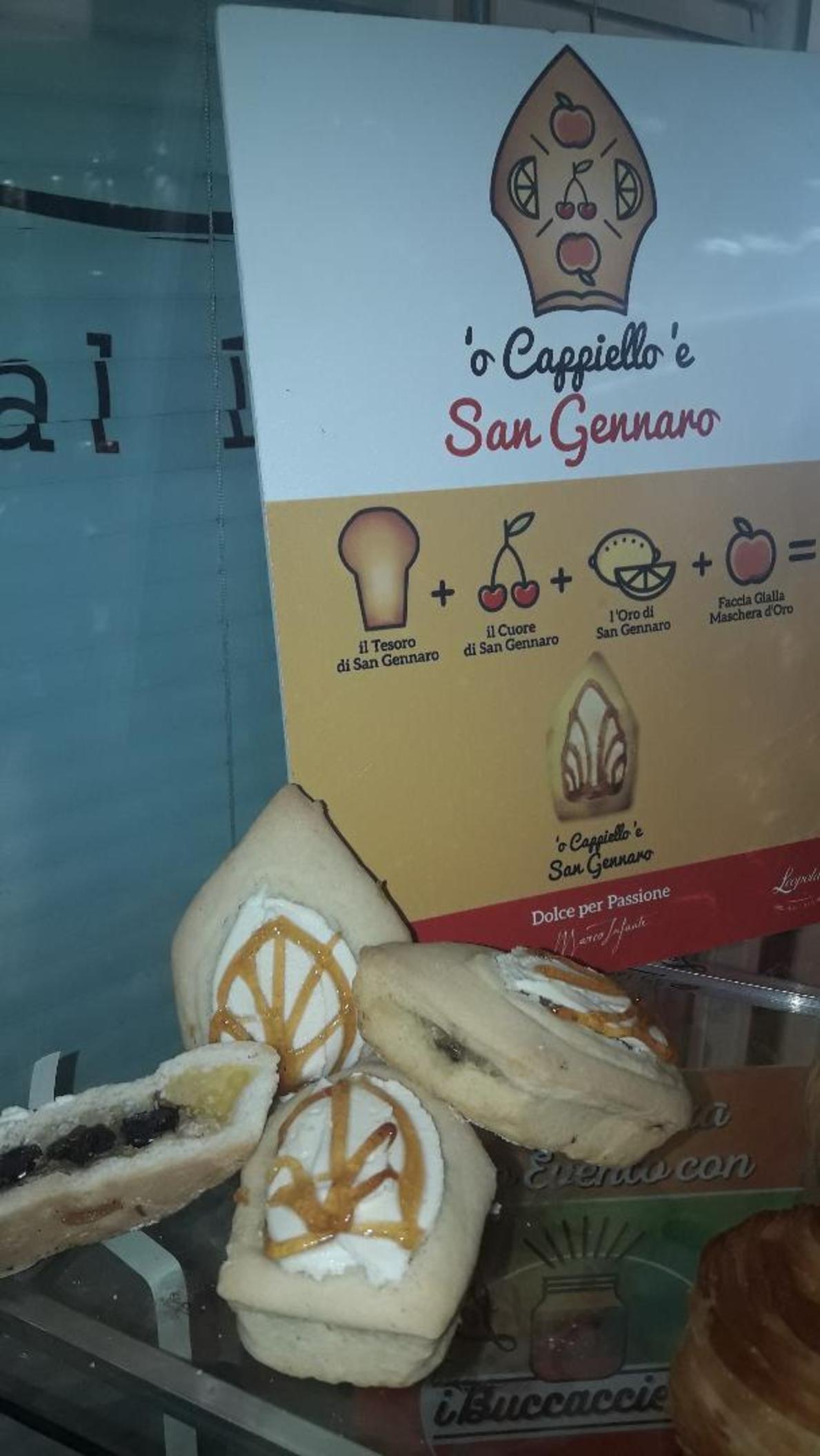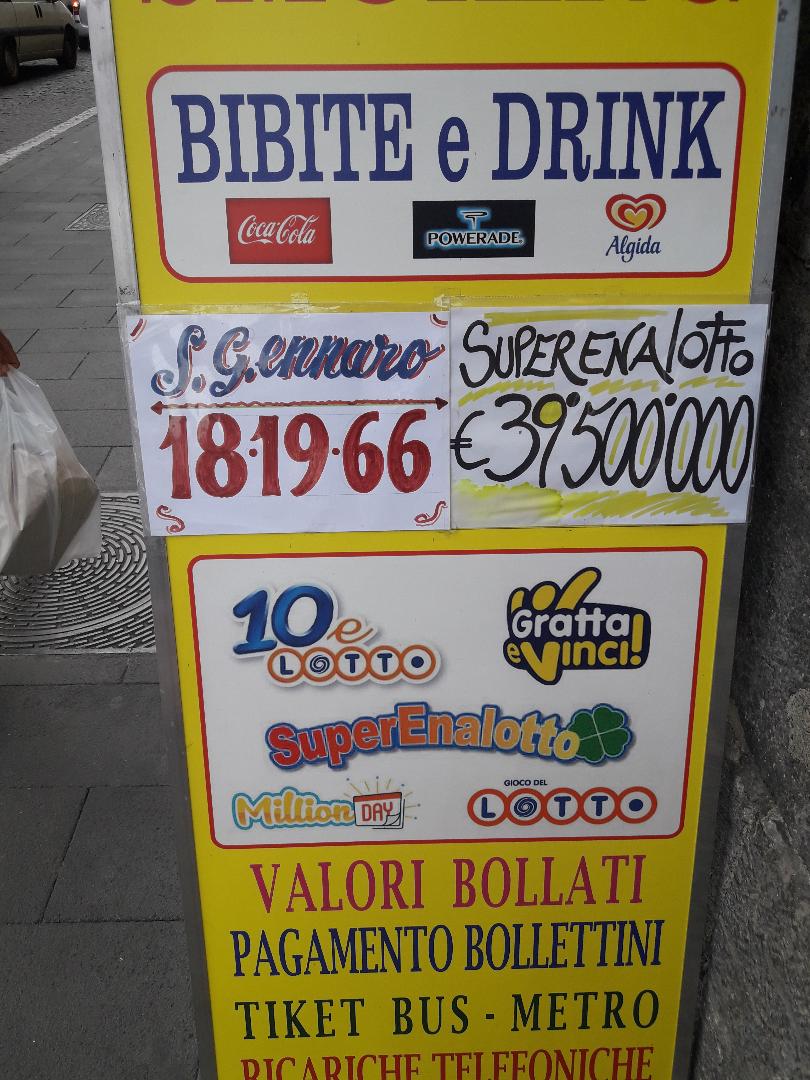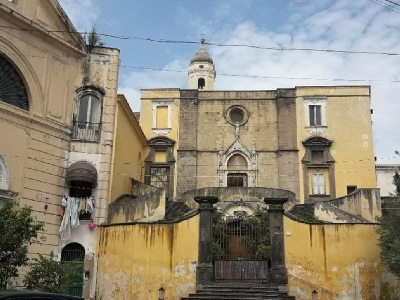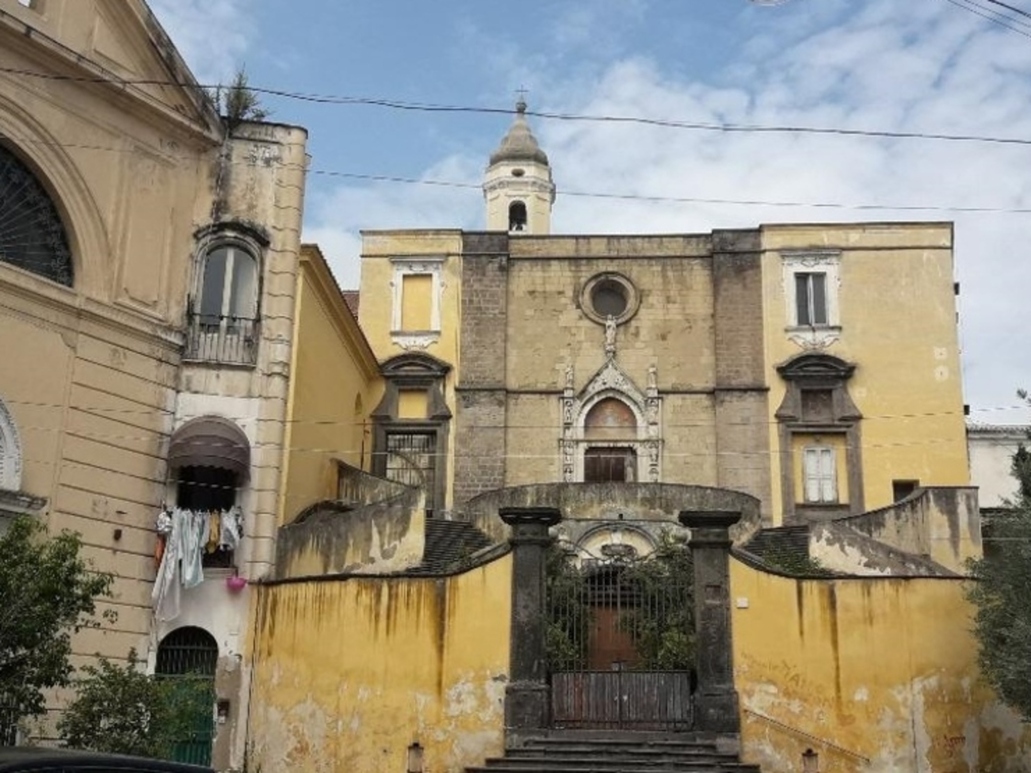
Fiorella: Apart from pizza and pastries, Naples is famous for archaeology and lots of Baroque…one of the many interesting contrasts of this city. And if you look hard enough, you can find gems of the Renaissance in this fabulous città d’arte.
Alice: I love the Baroque in Naples but it is so great to find those rare places that are examples of other styles. Do you have some favorite spots?
Fiorella: The church of Sant Anna dei Lombardi, the sepulcher for Cardinal Brancaccio by Donatello and Michelozzo in the church of Sant’Angelo al Nilo, the Succorpo in the Duomo and the marble arch of Castel Nuovo are some of the best but I think one of the most notable examples of the local Renaissance is the church of San Giovanni a Carbonara.
Only a few minutes walking from the Duomo and the MADRE museum, in via San Giovanni a Carbonara you find this amazing site where I lead tours to visitors who want to stay away from the typical tourists routes.
Alice: Sometimes off-the-beaten path is the best! I want to know more about Napoli Renaissance. Can we walk there together for a short guided tour? We should also specify that Carbonara has nothing to do with the famous Italian pasta dish that I love so much. However, let’s promise our readers that after the visit they can have a break at the close-by Rescigno bakery, a gluten (and not only) paradise.
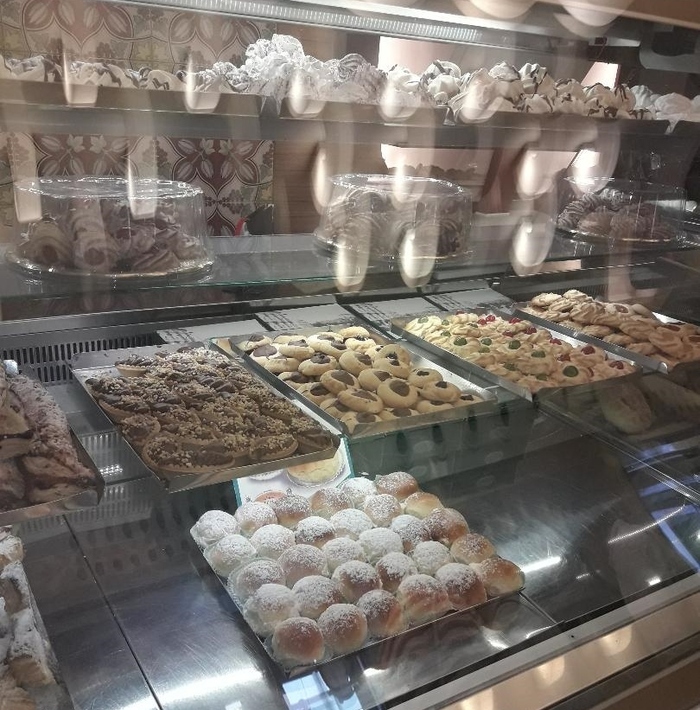
Fiorella: Exactly! Carbonarius, indeed, was a place outside the city walls where refuse was collected and burned…not inviting at all.
Alice: By refuse, do you mean trash? But San Giovanni is so pretty!
Fiorella: The complex of San Giovanni was built in the 1340s in this restyled area and dedicated to St. John the Baptist. During the reign of King Ladislao di Durazzo it became the Royal cemetery. Damaged during the earthquake of 1688, it was restructured in the 18th c. by Ferdinando Sanfelice, our beloved Neapolitan architect famous for its spectacular double flight staircases. Remember our post about the 5 Fabulous Things of Naples?
Climbing the stairs, half way up, we see the Chapel of Saint Monica with its 15 entrances. Continue up the steps-
Alice: Wait, how many steps exactly?
Fiorella: Do not complain-a fabulous surprise is waiting for you. Plus, you are a pro at stairs, I know you live on the fifth floor with no elevator! Anyway, after a little bit of a walk upstairs, you will finally reach the church of San Giovanni. So worth it. And remember we are going to Rescigno afterwards for some of the most delicious snacks ever!
The courtyard is also the entrance to the Cappella Seripando, called the chapel of Crucifix after Giorgio Vasari painted the Crucified Christ (1545) now in the presbytery of the church of San Giovanni.
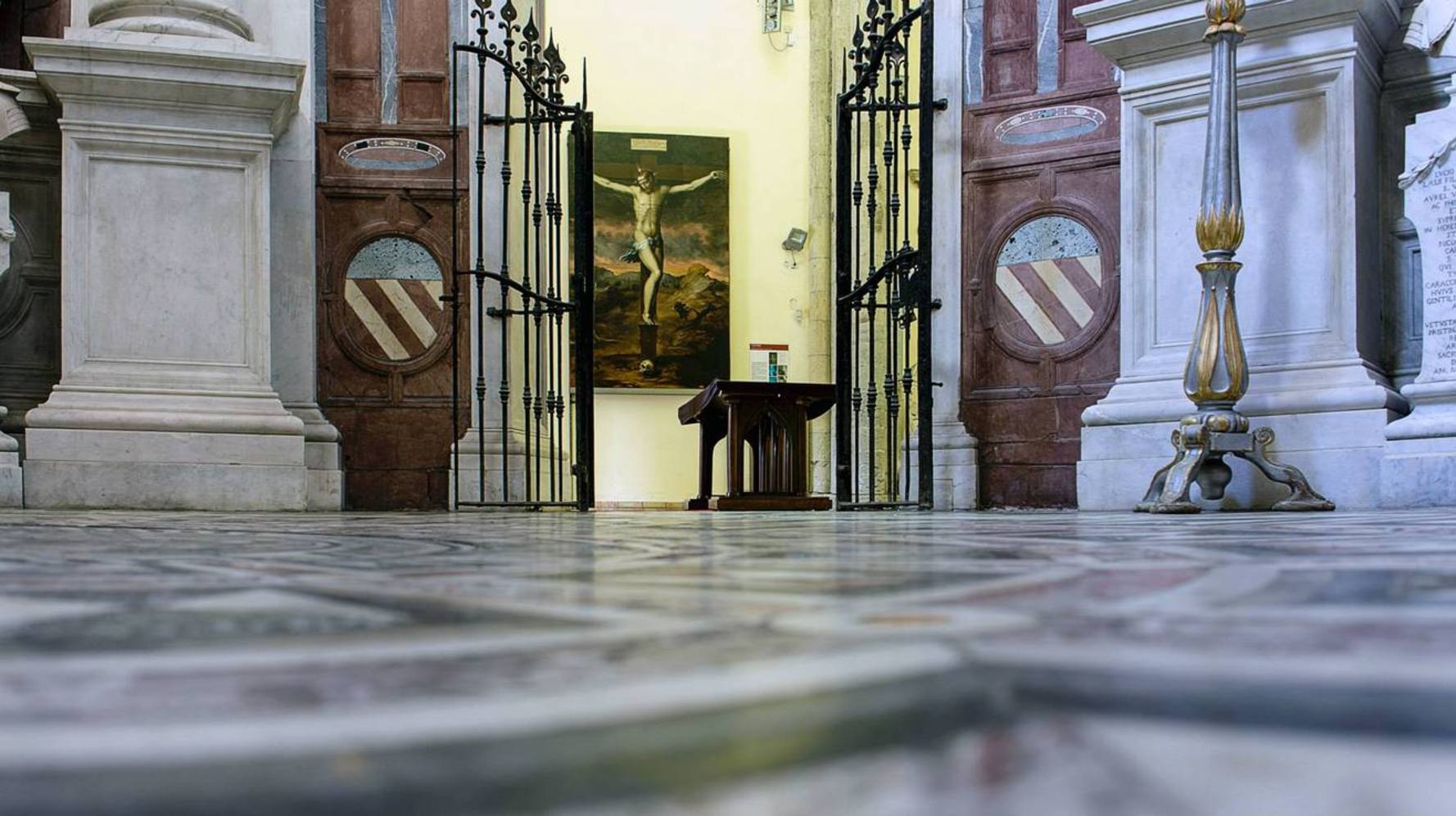
Suppressed as religious order, the complex was used by military and then bombed in WWII. It was later restored and returned to its origin. The XV century portal, once a side entrance, leads into the church.
Alice: This place is fascinating. Another example of the layers of history around every corner of this city.
Fiorella: The first monument we see is the Miroballo Altar (second half of the15th c.) that reminds us of the arch of Castel Nuovo.
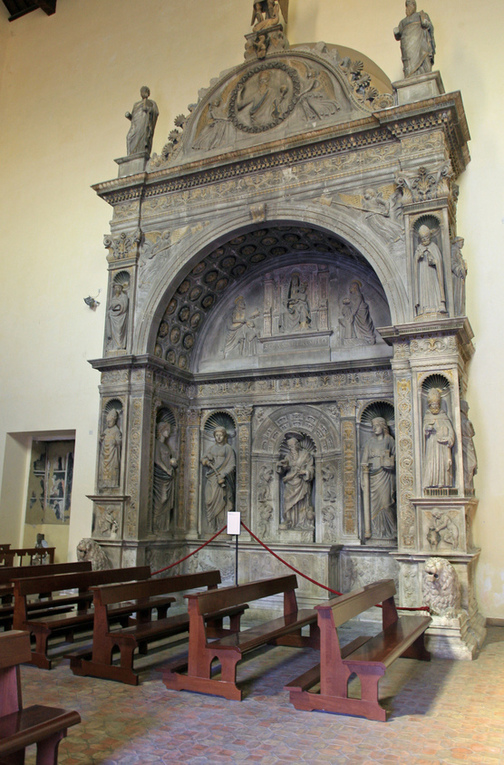
Alice: That arch is another one of my favorites as well…anyway, go on!
Fiorella: The Sepulchre of Giovanni Miroballo is a round arch, decorated with statues of saints ending with a tympanum on which St. Michael stands. The central niche, in the arch shows St. John the Evangelist by Giovanni da Nola, and the virtues: Temperance, Strength, Prudence and Justice.
In the tympanum you see the founders of the chapel with the Virgin Mary, Saints John the Baptist and John the Evangelist. The chapel, is considered to be the work of Lombard artists. Probability Jacopo della Pila, Tommaso Malvito, G.T.Malvito and may be Pietro da Milano, in Naples to work for King Alfonso of Aragon at the Arch of Castel Nuovo which is the triumphal arch celebrating his accession to the throne.
Walking towards the altar, amongst sculptures and paintings, you reach the 15th c. Chapel of Caracciolo di Vico (to the left of the presbytery) with a concentric square marble floor and a white cupola which repeats the same geometric motif. The chapel shows the work of the most important sculptors working in Naples between the 15th and 17th c. Giovanni da Nola, Girolamo D’Auria and Annibale Caccavello amongst the others.
Bartolomé Ordóñez and Diego de Siloe are the two foreign artists who realized the altar in around 1516. Active also in Rome, they were familiar with classical sculpture and Raphael’s work. More decisive and dynamic is Ordóñez style, fluid and softer de Siloe’s. The Epiphany in the center, indeed, is attributed to Ordóñez. Here the draperies and the features of the Magi and the other characters are well defined. While Saint George who kills the dragon and the other figures dressed in light fluid drapes would seem to be by de Siloe as well as the flat sculpted Christ on the frontal altar.
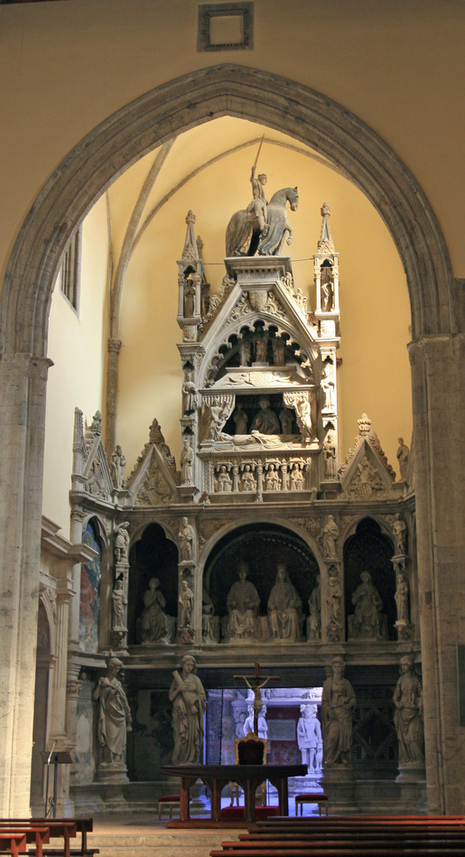
Leaving this exquisite space we reach the apse where the impressive Sepulcher of King Ladislao di Durazzo dominates the scene. It was commissioned by his sister who inherited the throne as Giovanna II and it is dated 1428. On the first level of the gigantic monument are the frescoes by Leonardo da Besozzo and statues representing the Virtues with their iconographic elements: Temperance, who pours water into wine; Strength with the column of Samson; Prudence with the snake; Magnanimity who holds a shell with a cherub.
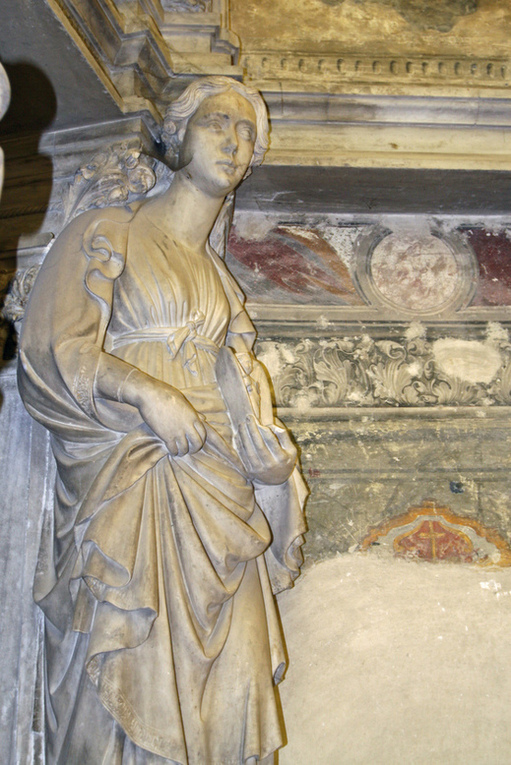
On the second level we see Ladislao and Giovanna II on the throne. At the side of them we can see Military Virtue with the globe and Hope with cupped hands and Charity with a horn of plenty and two maidens and Faith with a goblet.
There is also Giovanna the Queen who descends from a valorous brother and royalty continues on top of the arch where Ladislao’s parents, Carlo III and Margherita di Durazzo are found. Can you see the bishop blessing the king, the Madonna and child together with Saint John the Baptist and Saint Augustine, protecting him?
An opening between the statues of the Virtues leads onto the Chapel of the Caracciolo del Sole family, commissioned by Sergianni Caracciolo, lover of Queen Giovanna II.
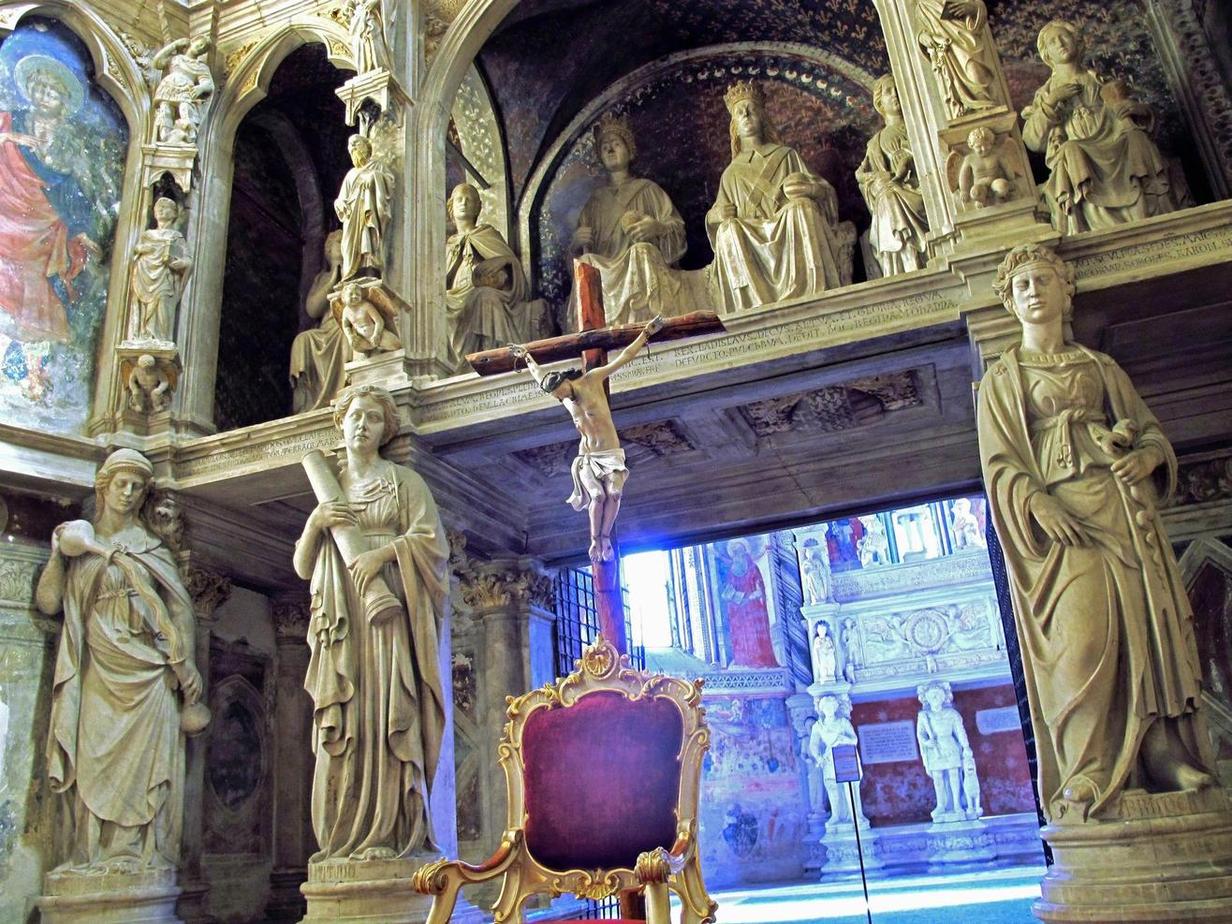
Alice: Wait, a lover? Scandalous! I guess that is nothing new.
Fiorella: Yes, he was not a very faithful lover however. Appointed by the Queen as Great Seneschal, he was an ambitious man, ready to do anything in order to obtain office and riches, he betrayed even Giovanna and this eventually led to his murder in 1432.
The chapel is circular and completely frescoed (15th c.) with Stories of the Virgin’s life. Look at the scene in which St. Anna gave birth to Mary: there is a woman looking out of the window with washing hung up outside; another, on the ground floor, is cleaning a chicken.
Alice: Not much has changed in Naples in terms of the washing hanging outside although I don’t think I have ever seen anyone cleaning a chicken! Yet.
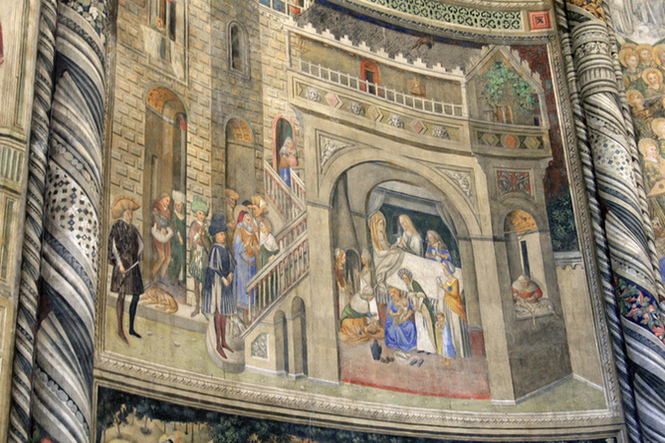
Fiorella: The fabulous floor of this chapel dates back to early 15th c. Local craftsmen created these zoomorphic motifs, vegetable elements and portraits. In some tiles, you see a sun, symbol of the Caracciolo del Sole (Caracciolo of the Sun) family.
Sergianni’s sepulcher was commissioned by his son about ten years after his assassination to celebrate the power of the Seneschal.
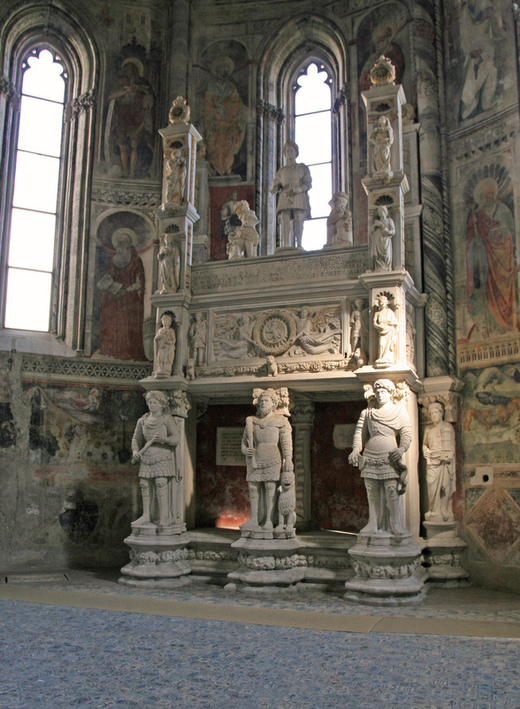
Alice: There is so much here to take in. A perfect place to wander, explore and take in art and architecture without the hustle and bustle of throngs of tourists. I am getting hungry, though…
Fiorella: Ok, ok, I know just the place to take you. But before you leave the church, take in what remains of the 15th c. fresco of the Annunciation and if it’s sunny don’t miss the little balconies next to the church with washing and a Naples-style panaro (basket) hung up outside.
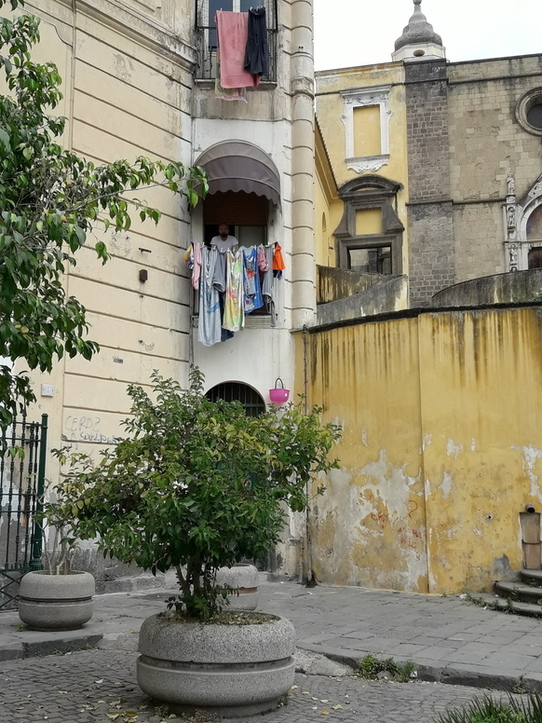
Are you ready for a coffee and a Naples-style snack? You know we are not yogurt-and-an-apple type snackers and the near-by Rescigno bakery offers a wide selection of savory and sweet treats to commit an understandable sin!
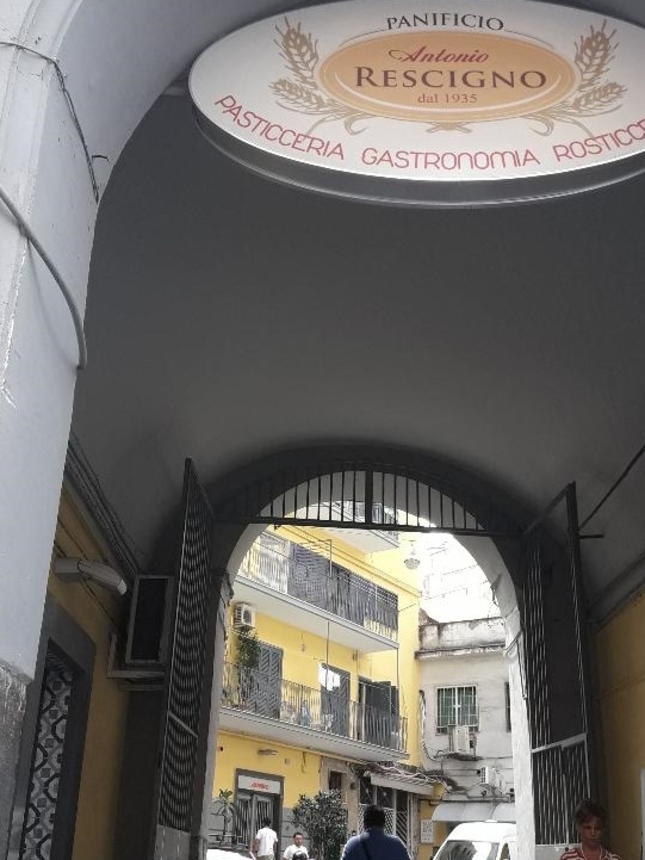
Alice: I mean, didn’t we earn it? All those stairs! I will take two taralli, please!
Fiorella: Just two taralli? They are so delicious but there are so many choices of wonderful things to go for. You can taste a frittatina di maccheroni (pasta and béchamel which is breaded and fried), a focaccia with so many perfect toppings to choose from. But have you tried their primi piatti?

Alice: Yes, of course! You know I love my carbs and this place has so many choices. One of my favorites first dishes at Rescigno is sartù di riso which takes a while to make but only minutes to devour. Sartù is the Neapolitan elaboration of the French word sur tout (above all). Sartù comes from when chefs created this fusion dish to please the Bourbon nobility. It is a perfect blend of ragù meat sauce, rice, and tiny meatballs (sometimes salami) and then baked with breadcrumbs to perfection. I think I will take one tarallo for the road and enjoy this amazing dish.
p.s. Thanks to Raffaele Lello Mastroianni for the photo of the Crucifix by Vasari
